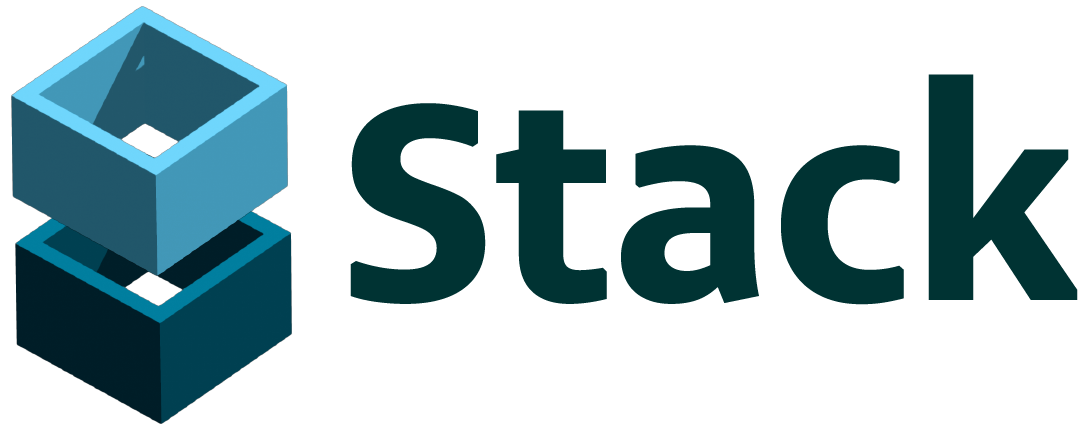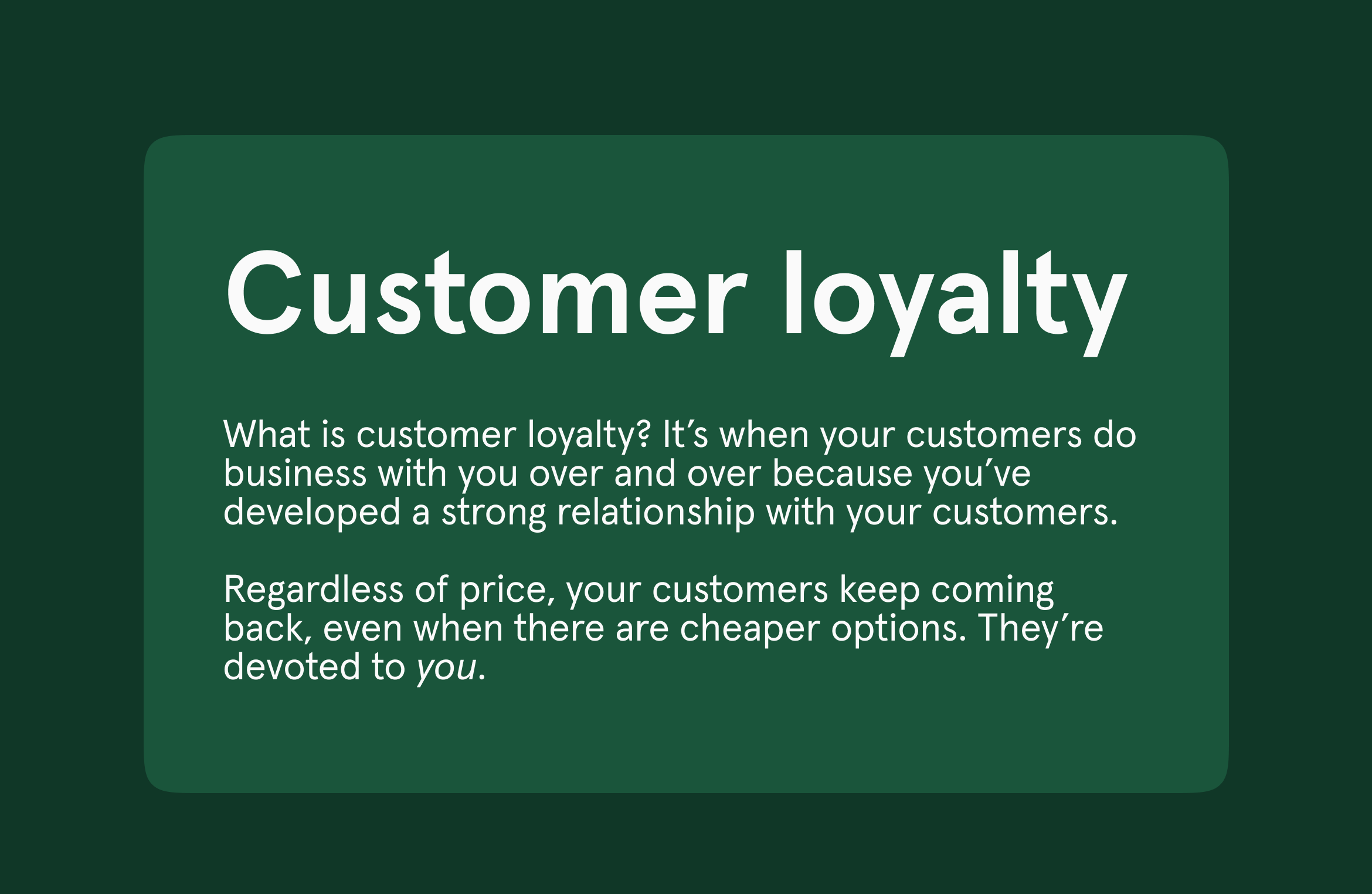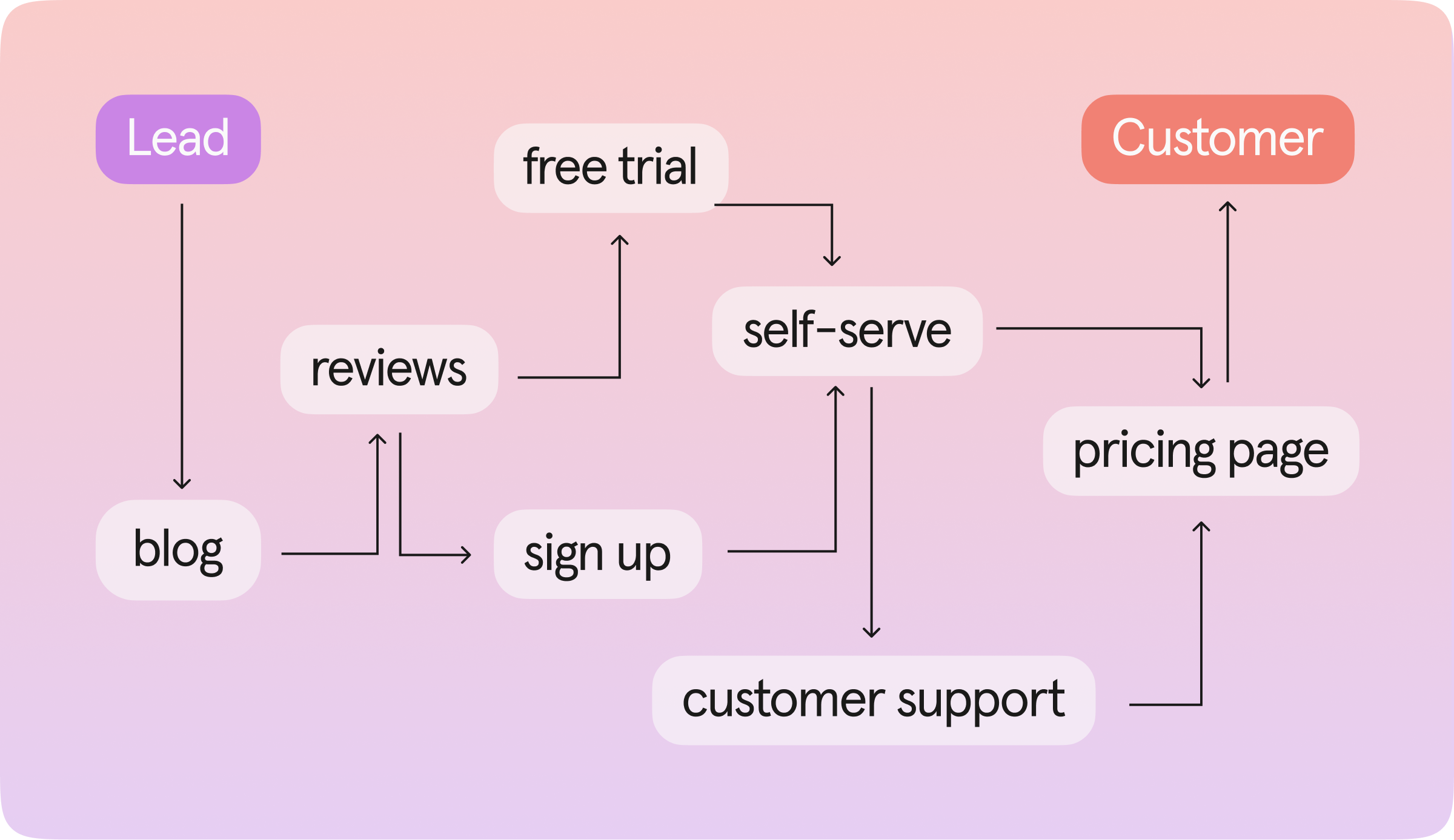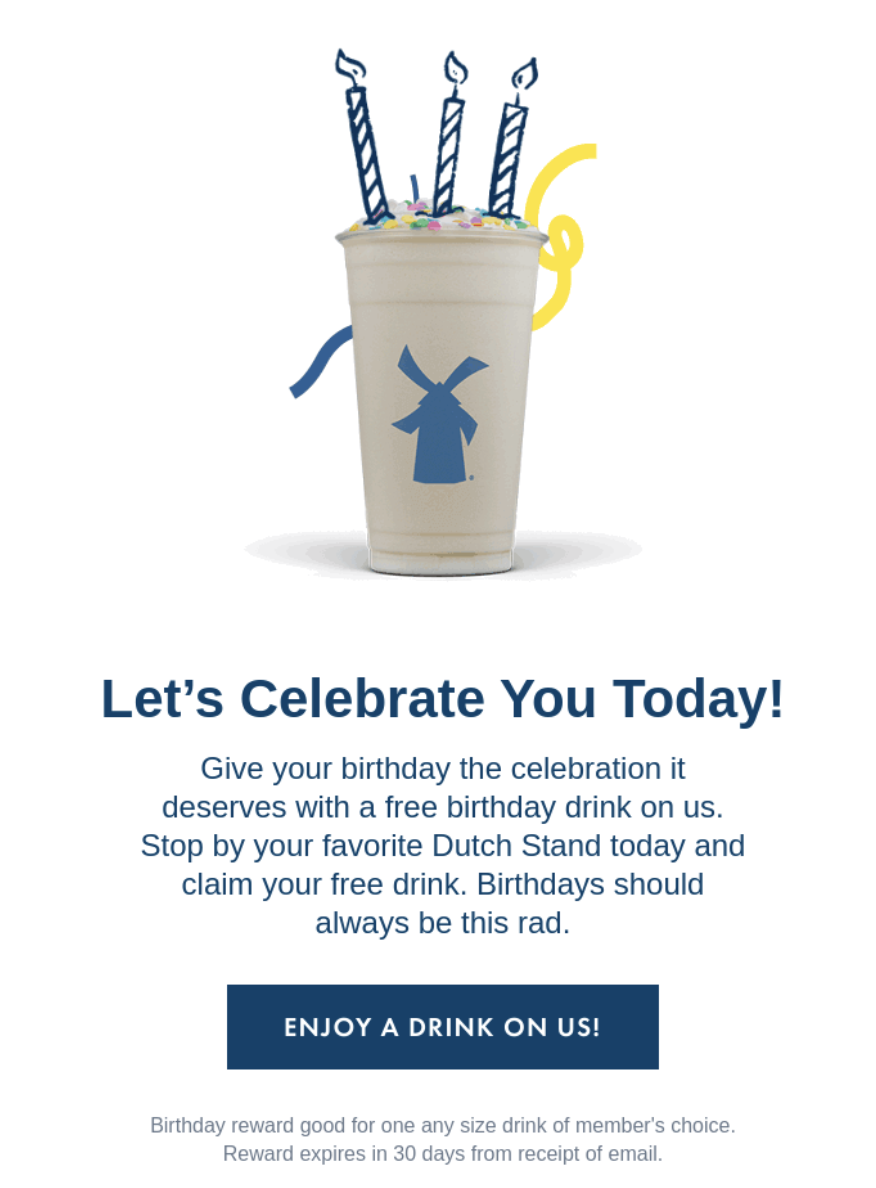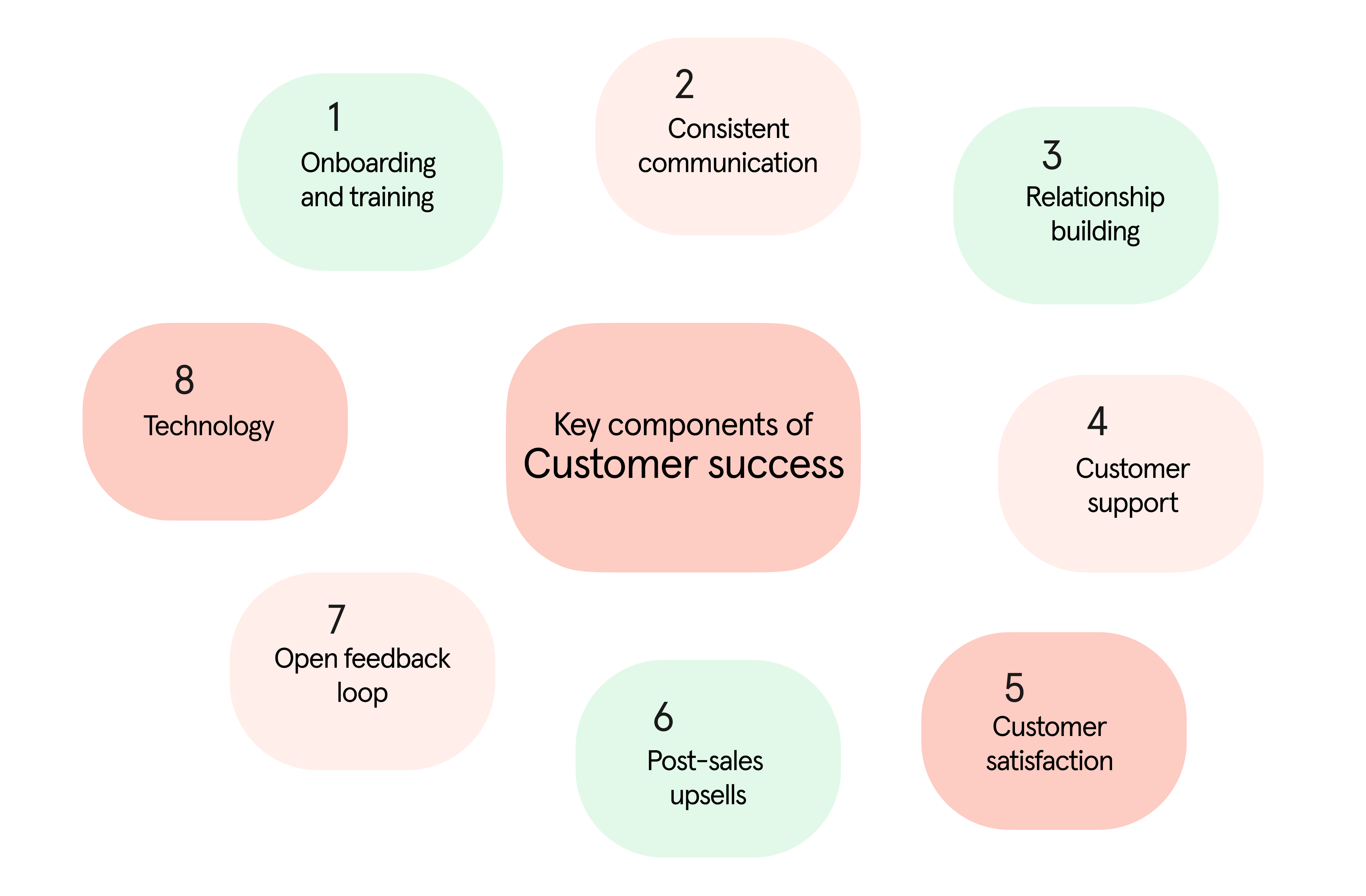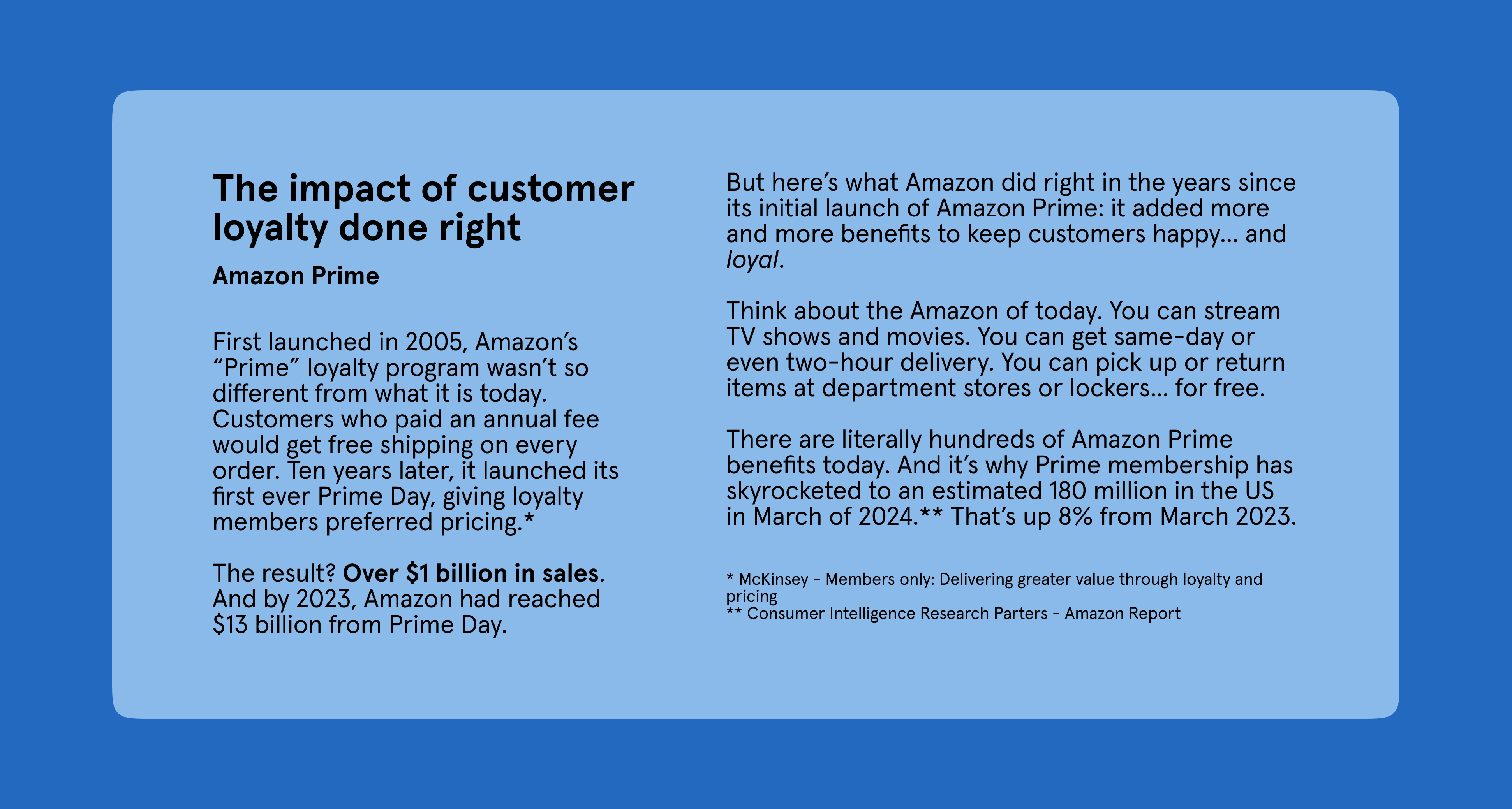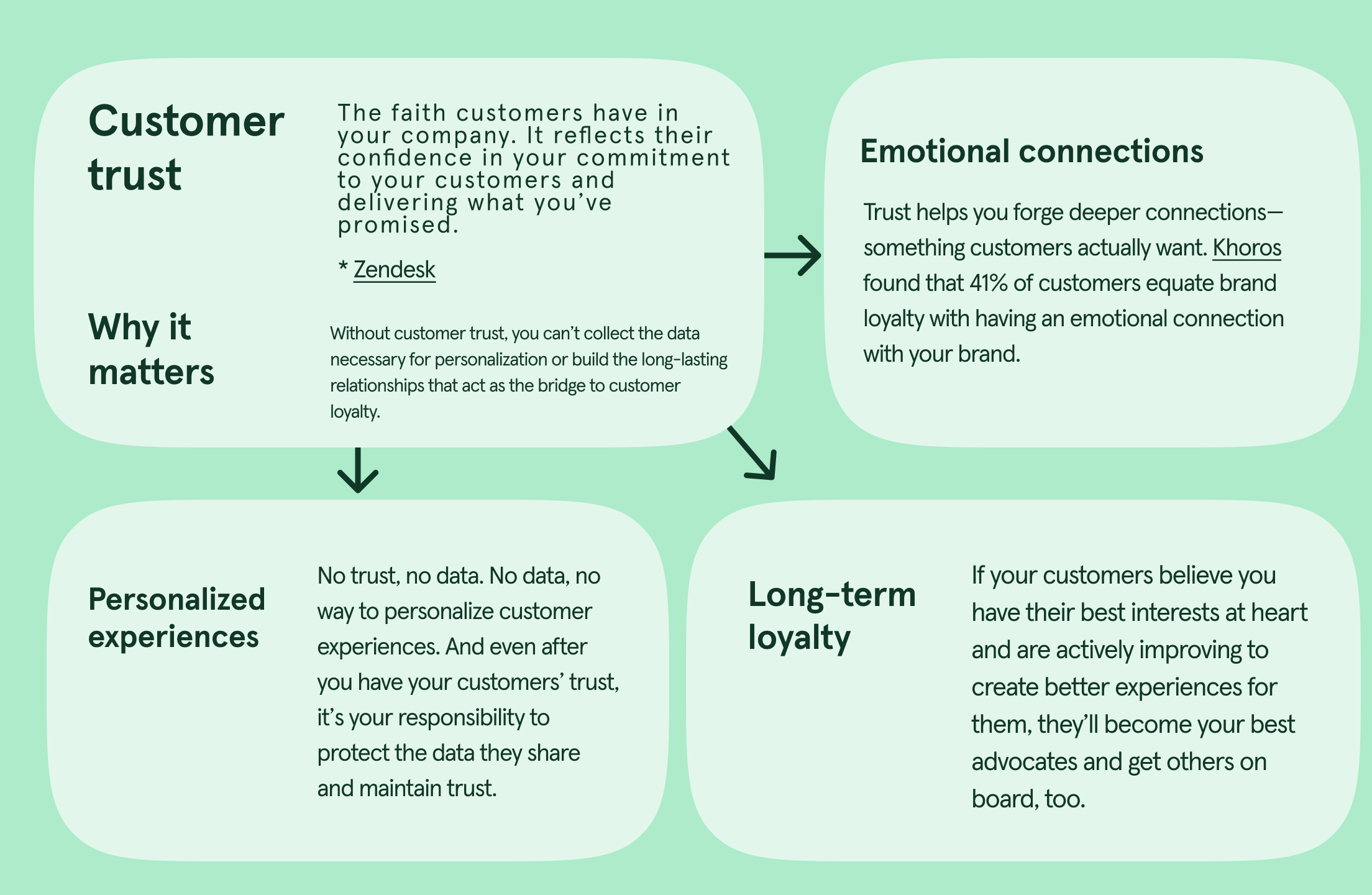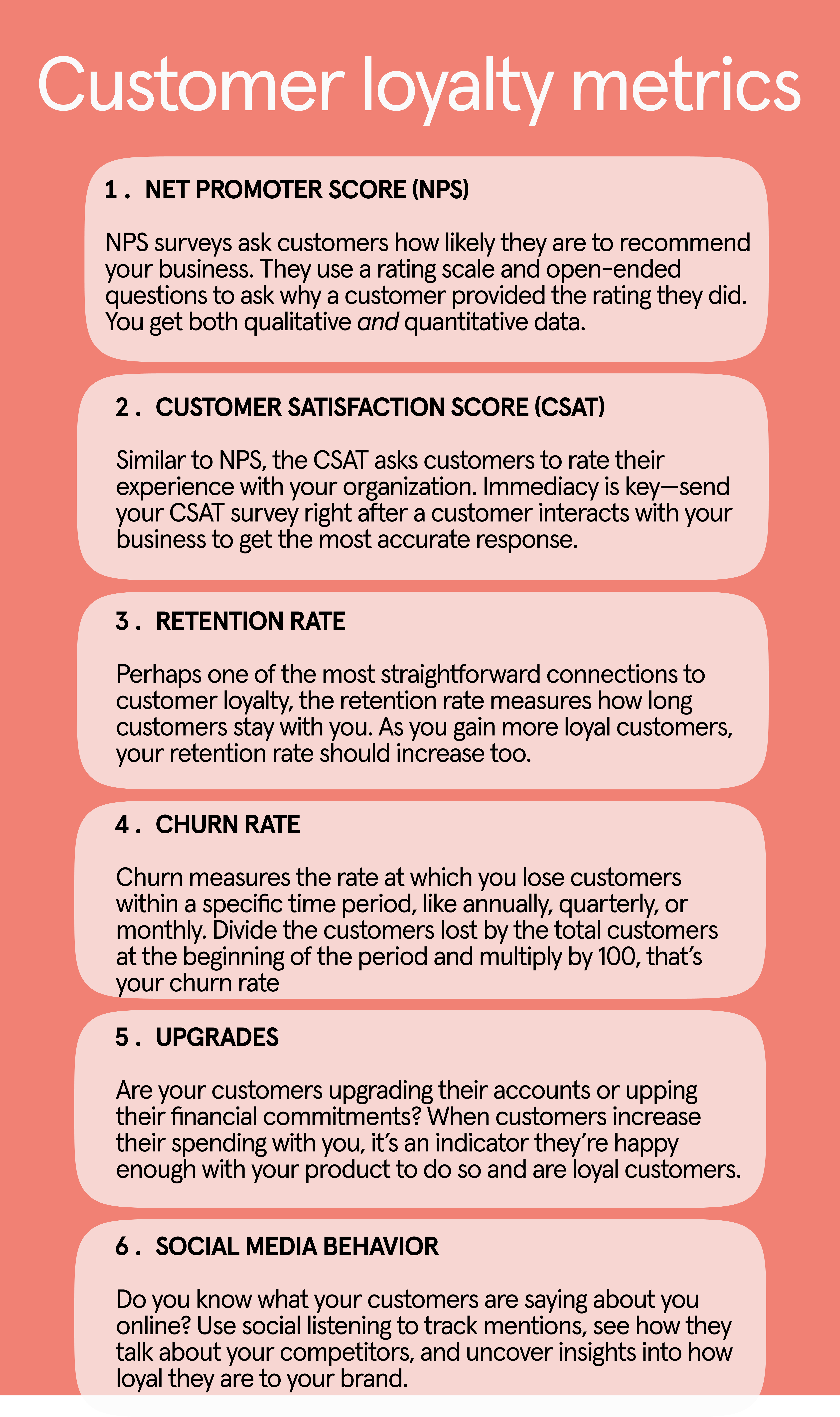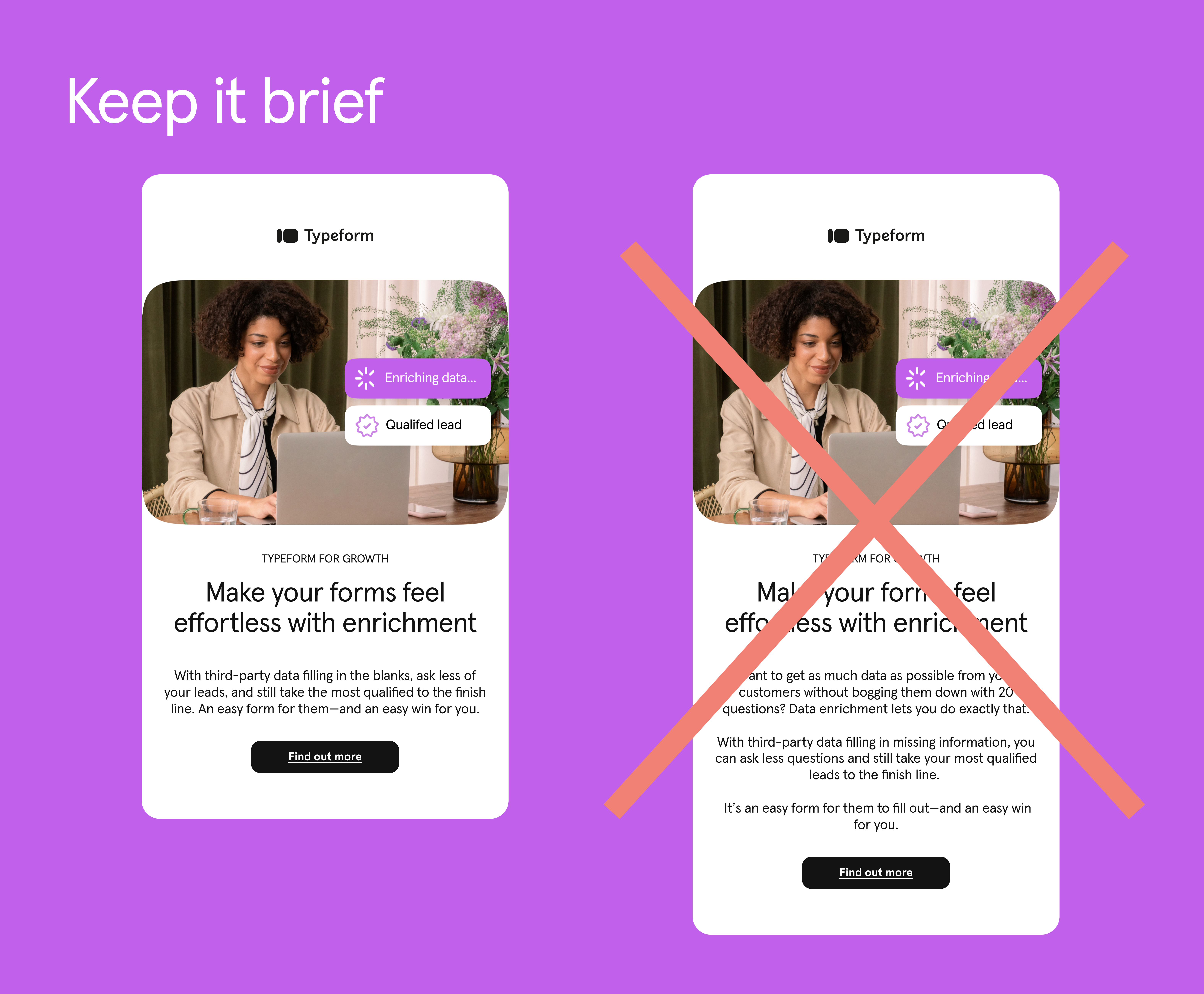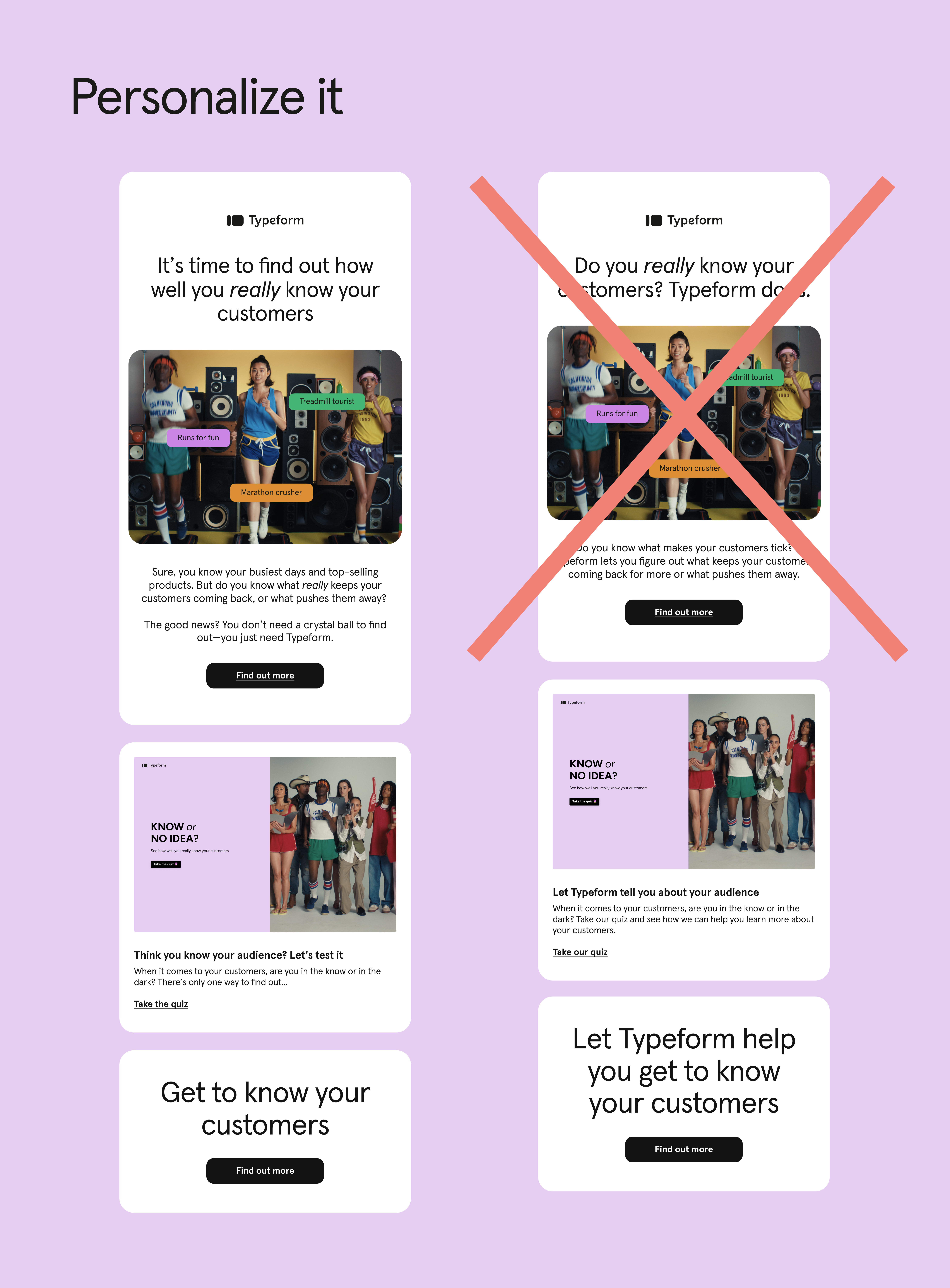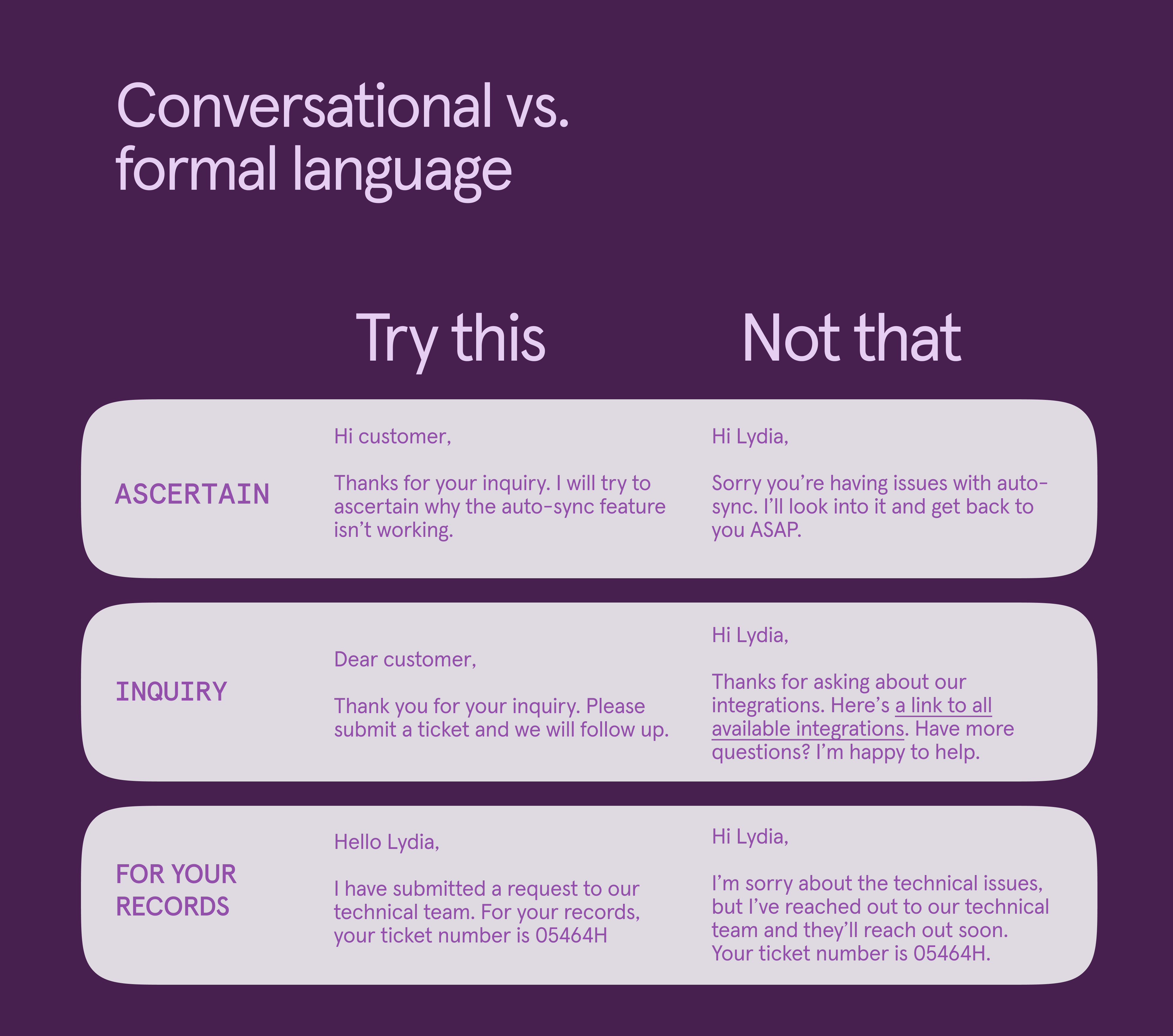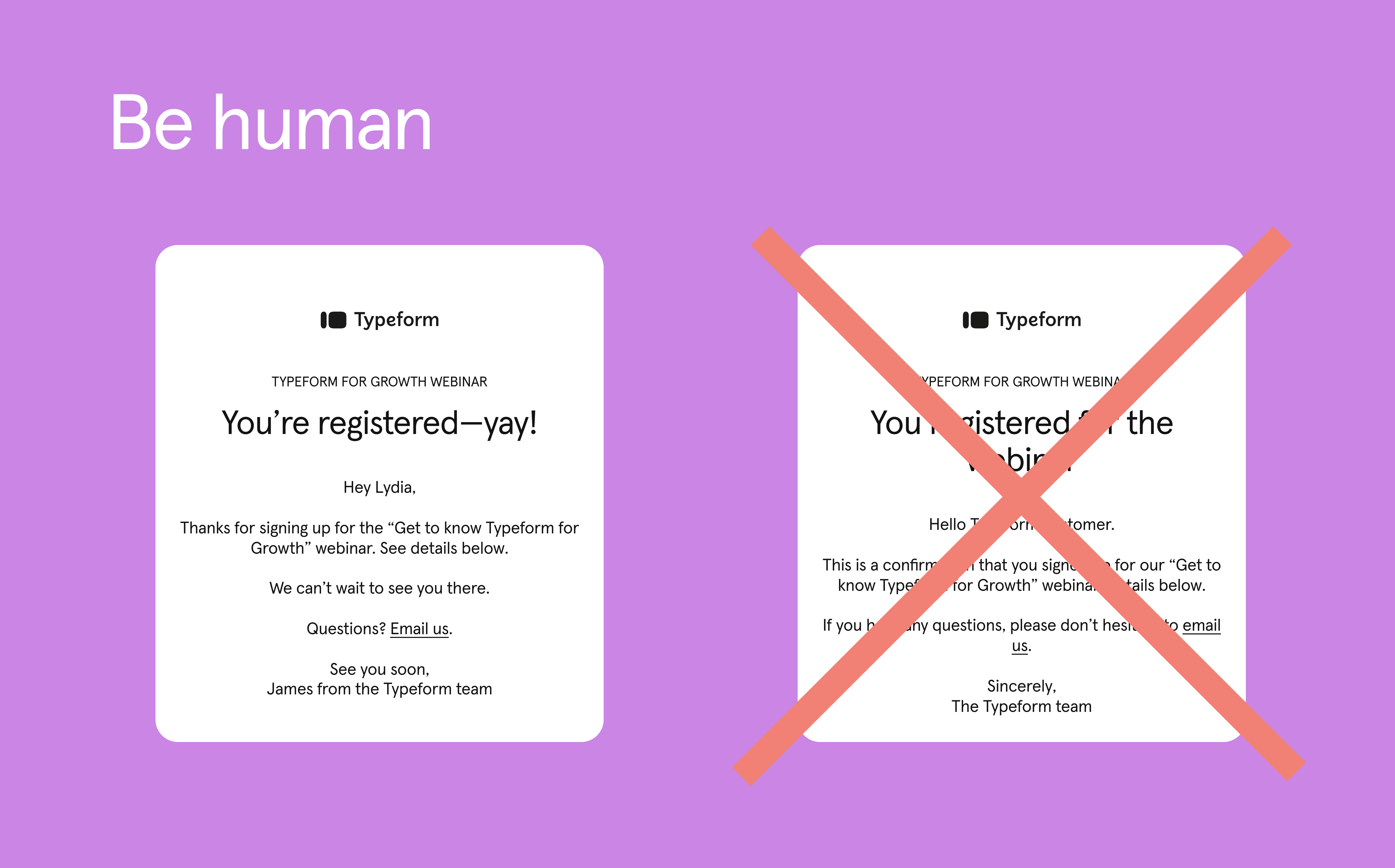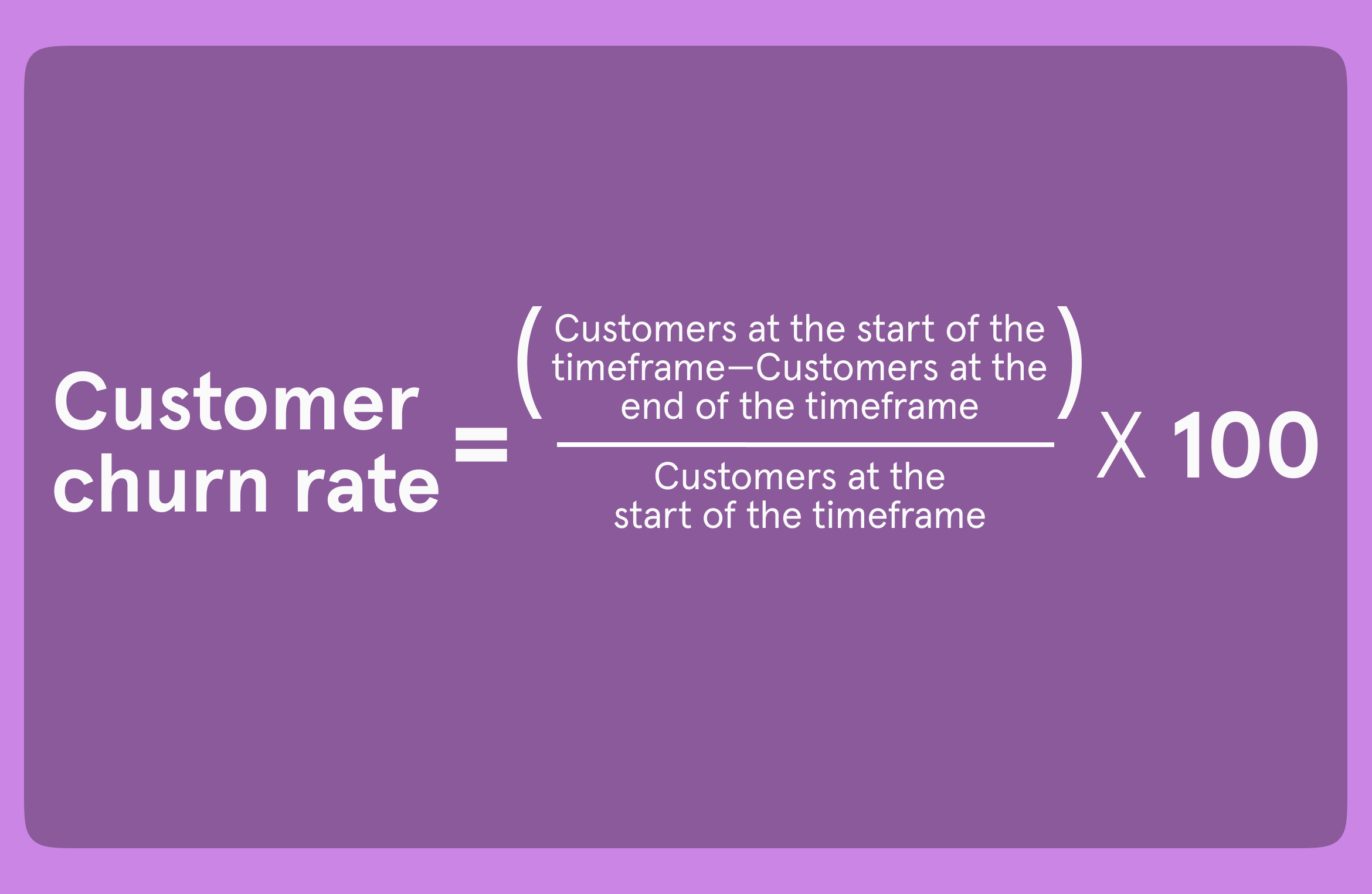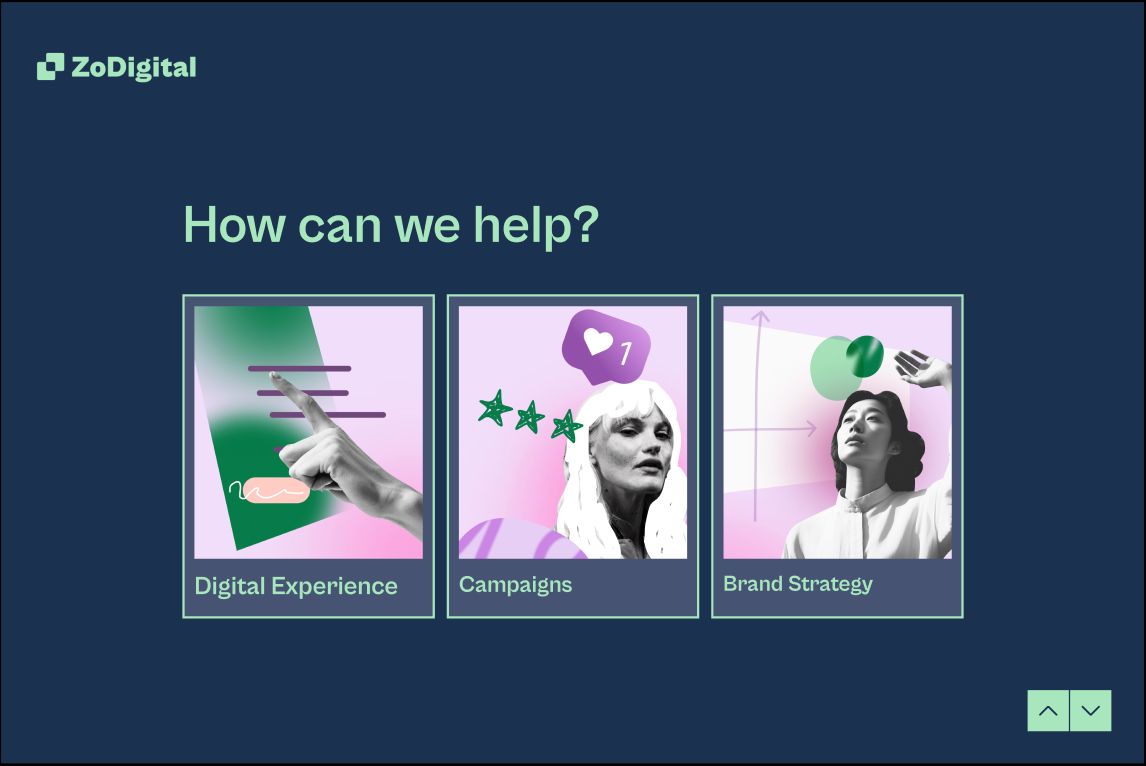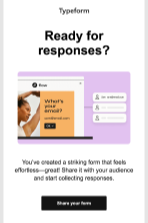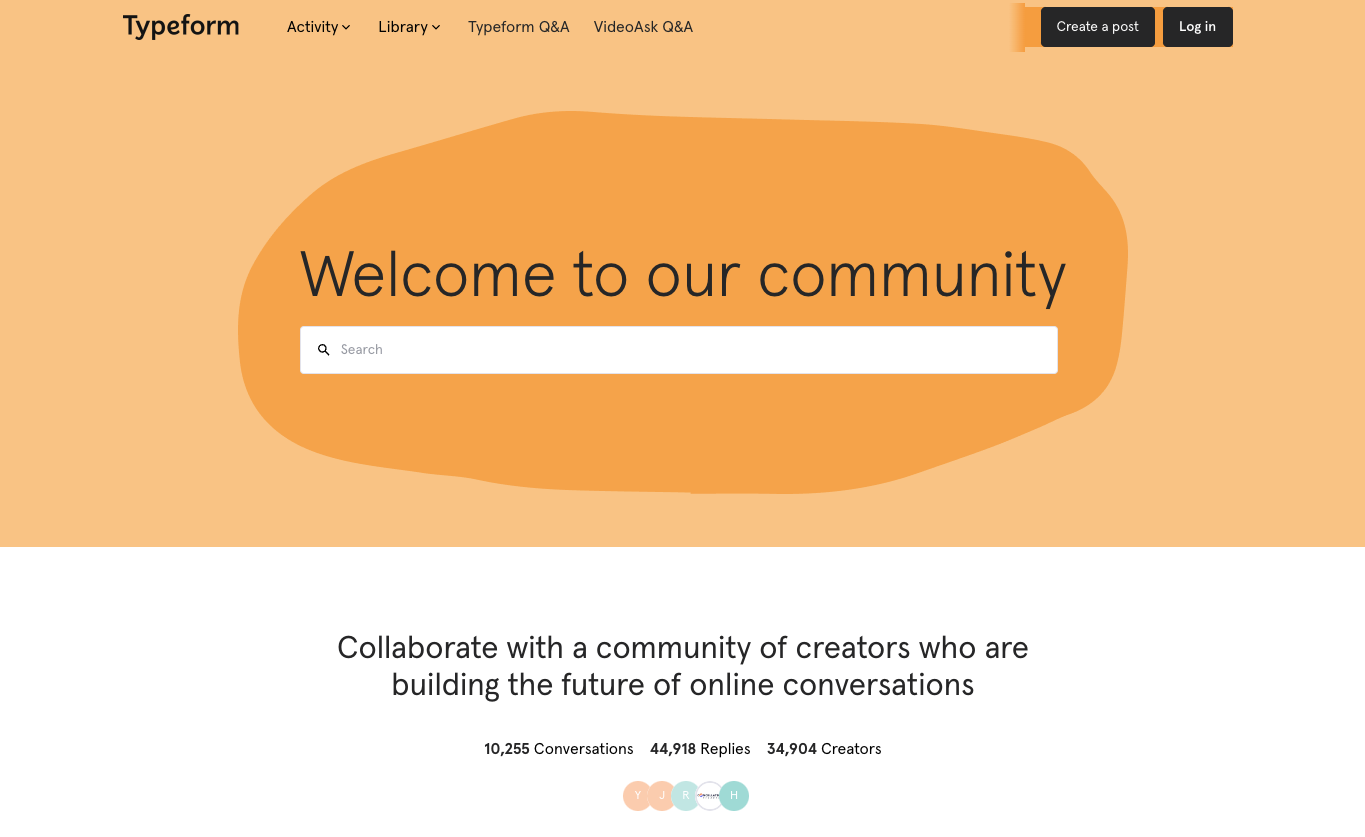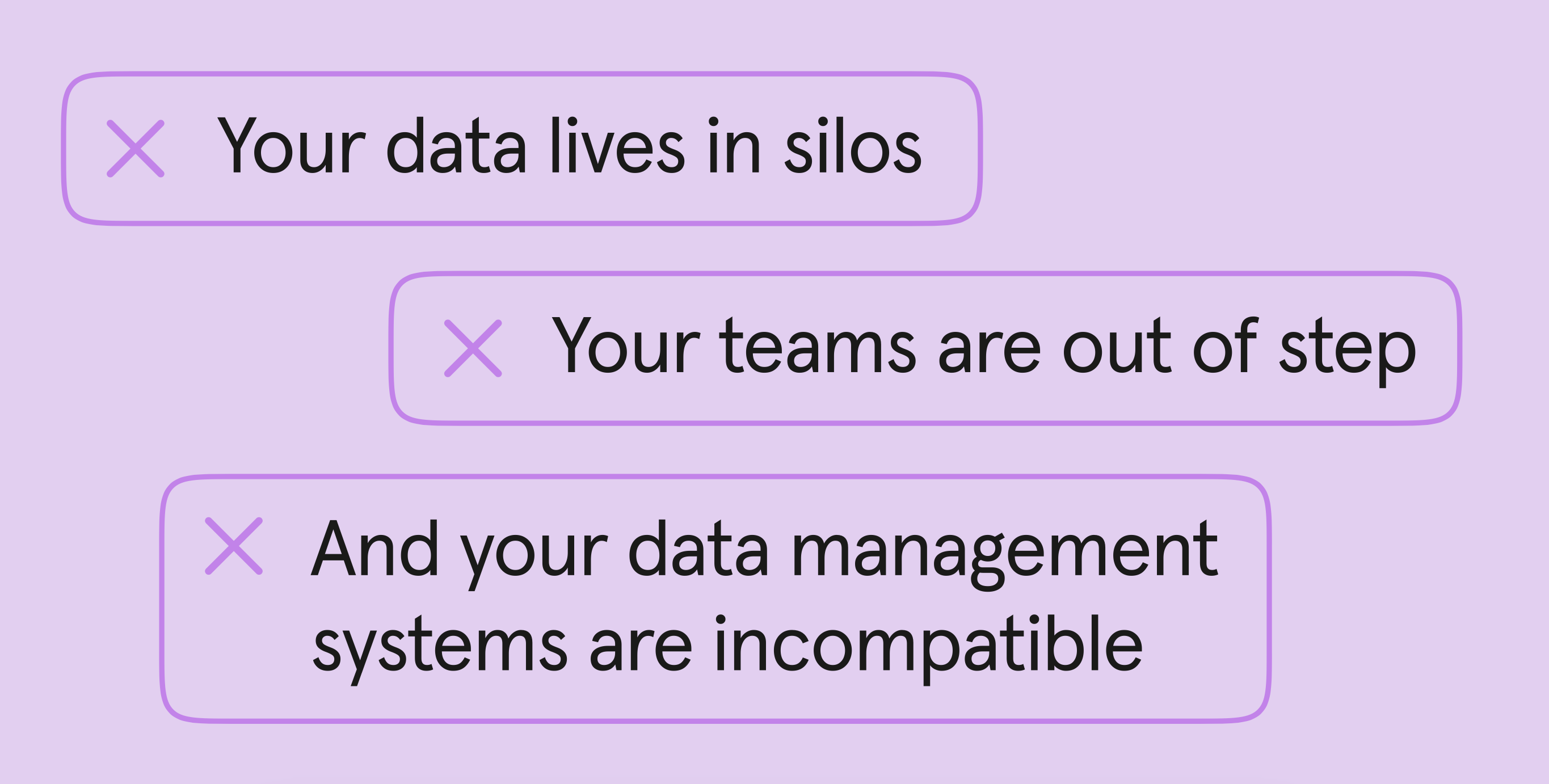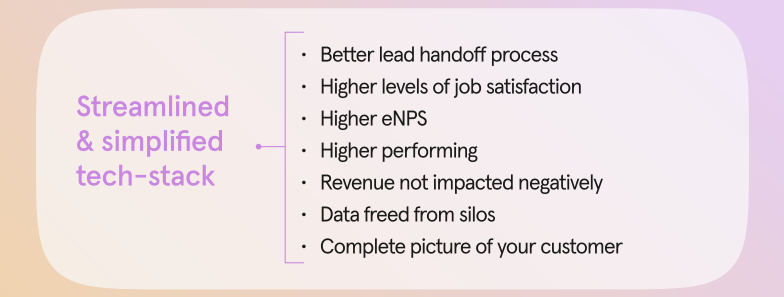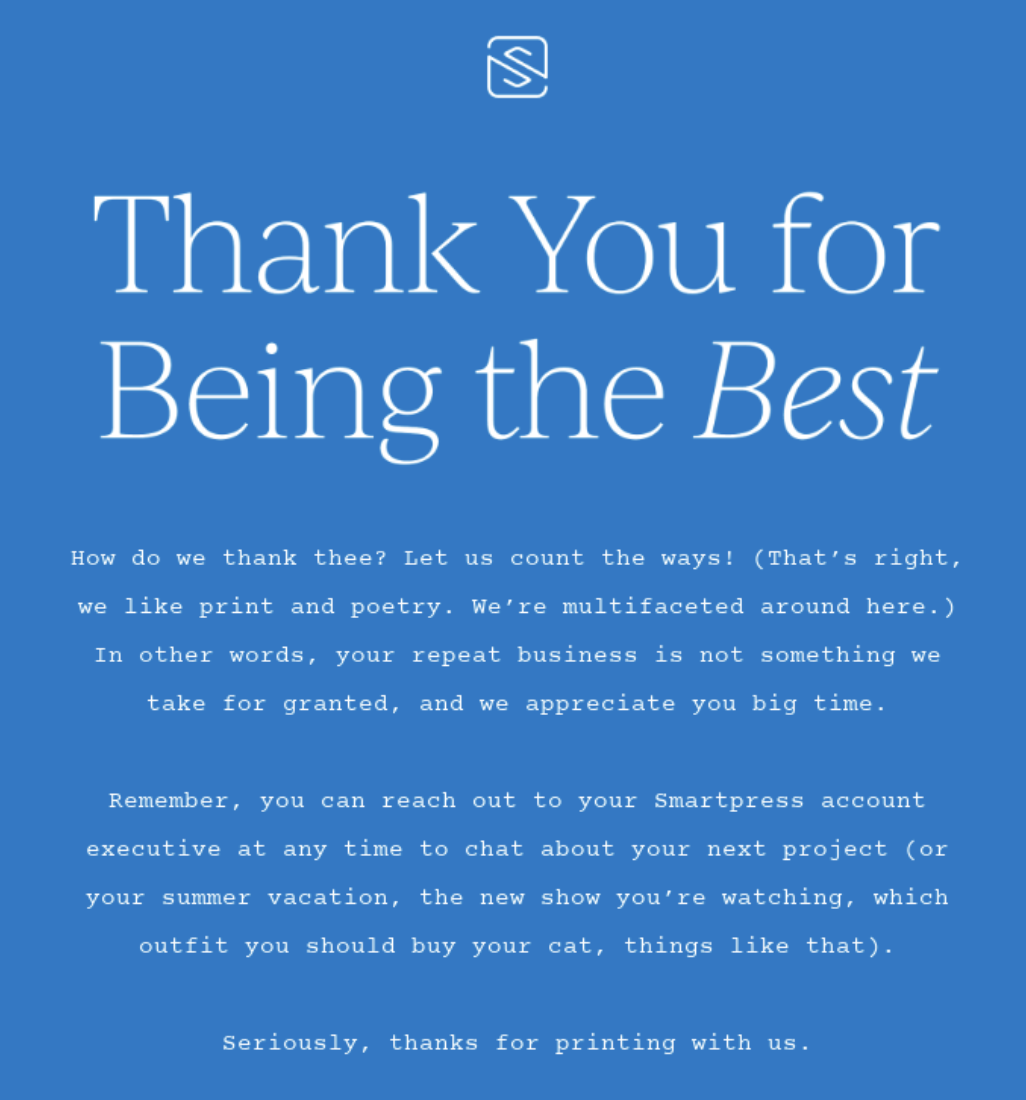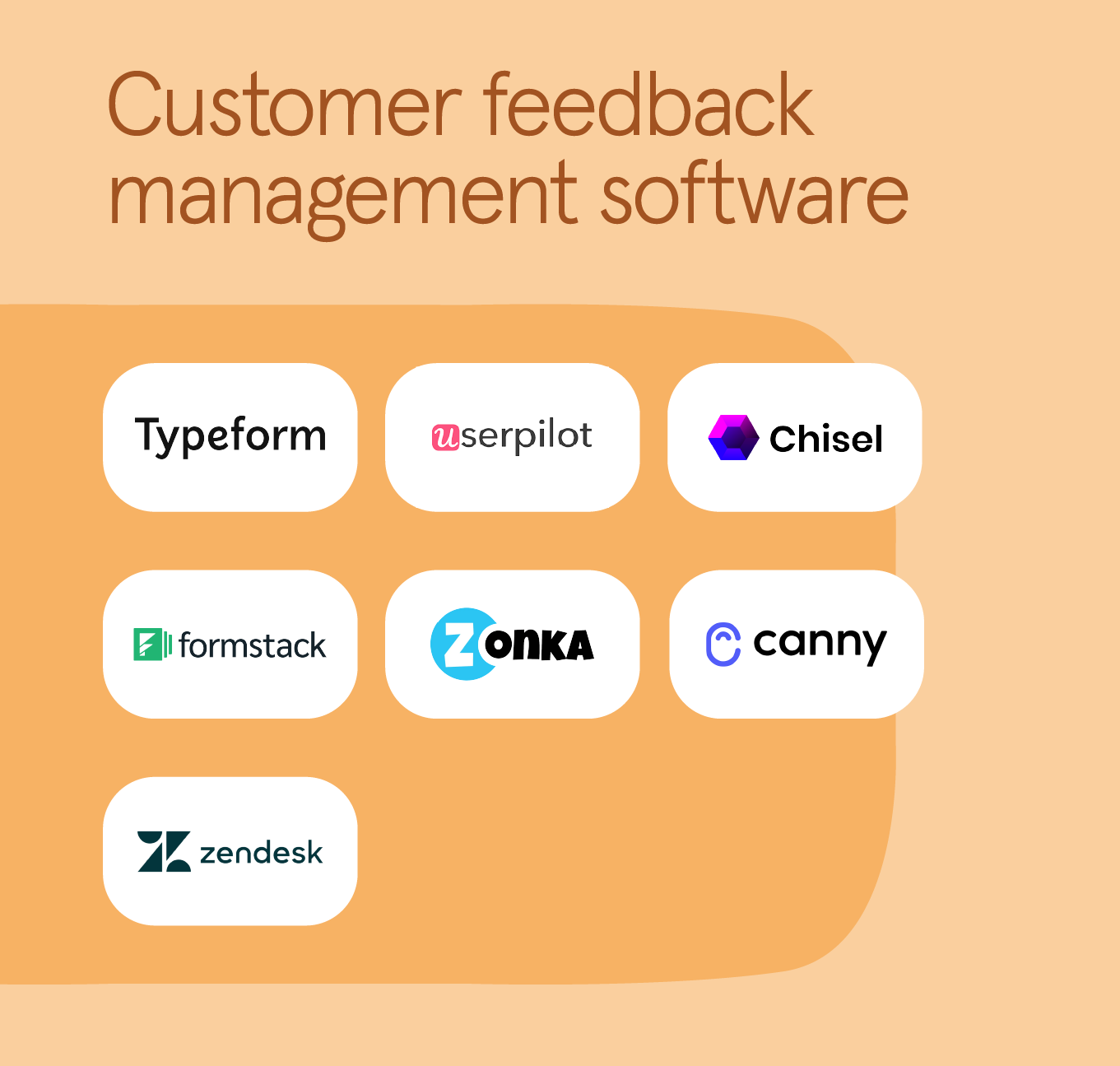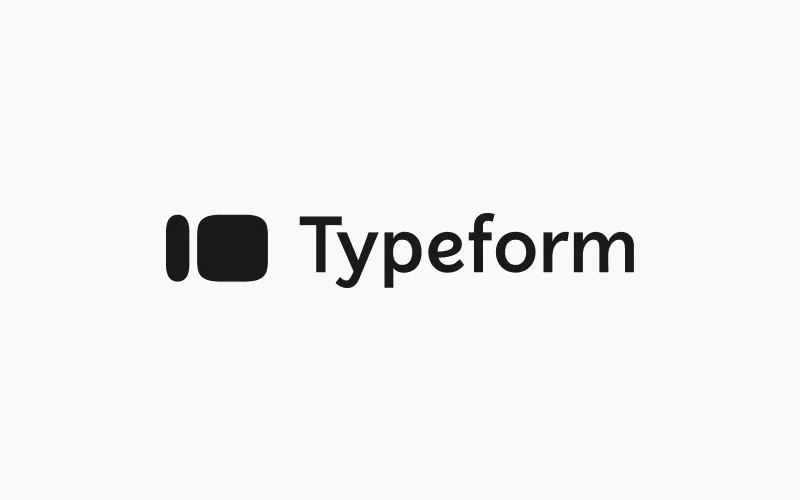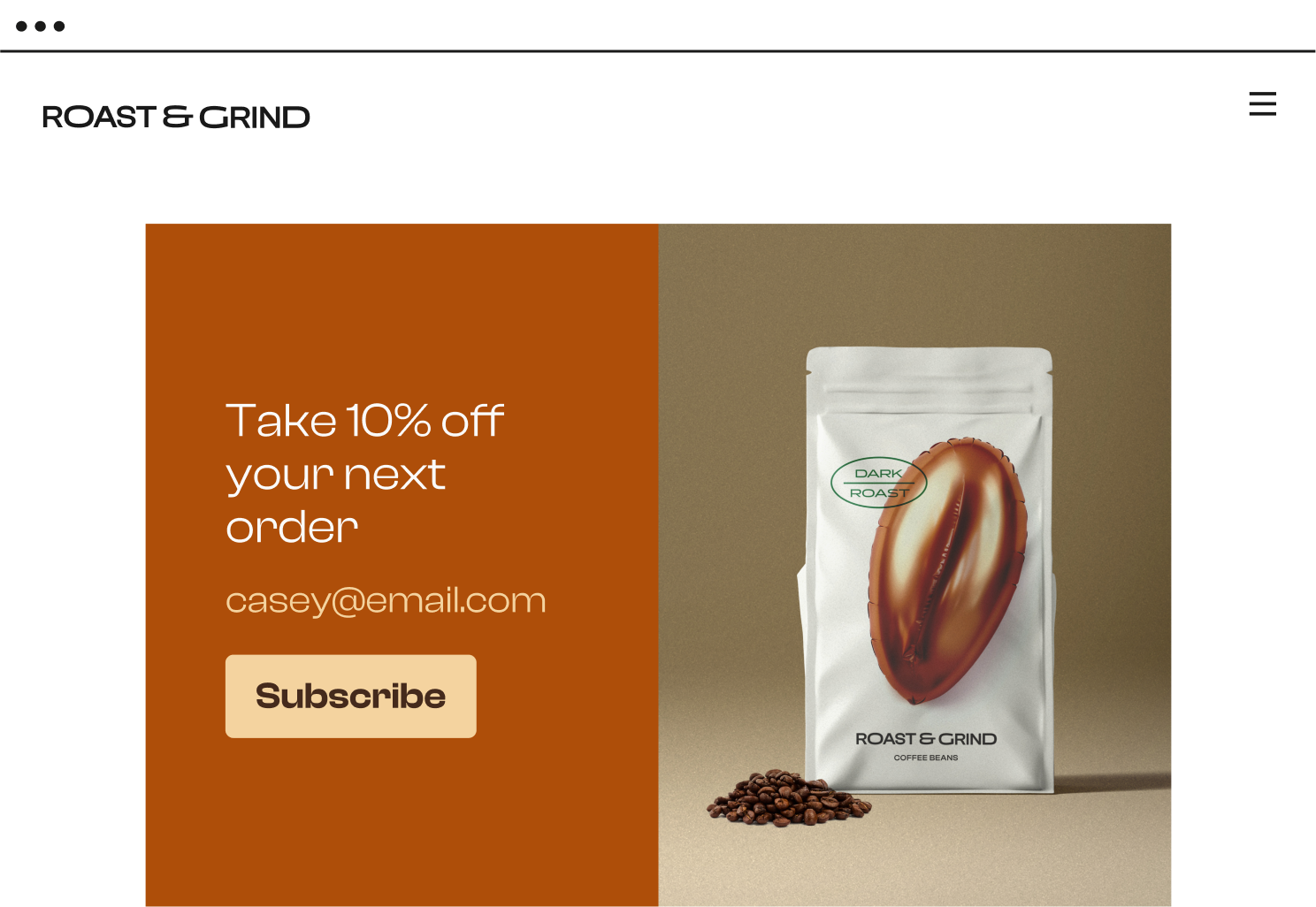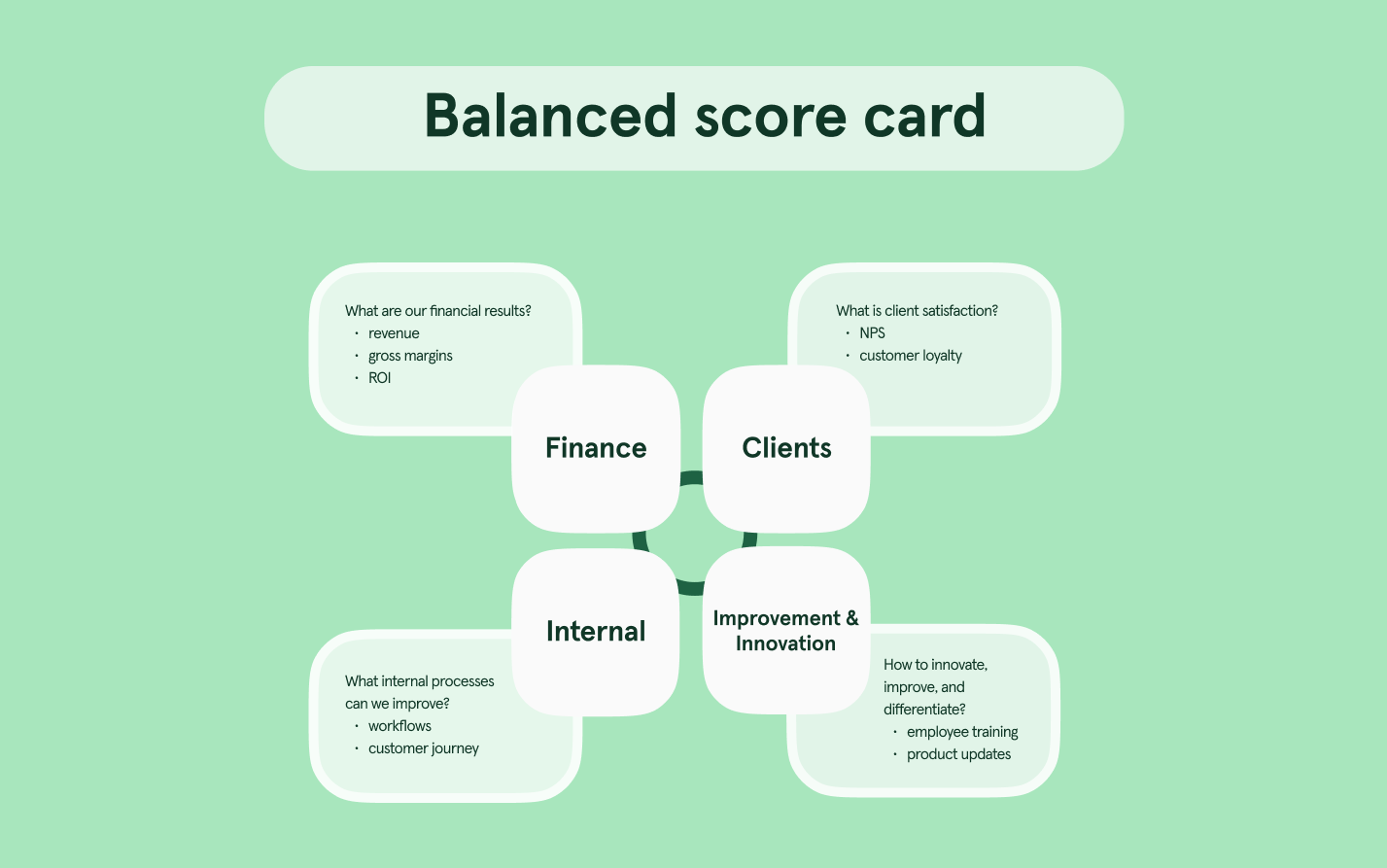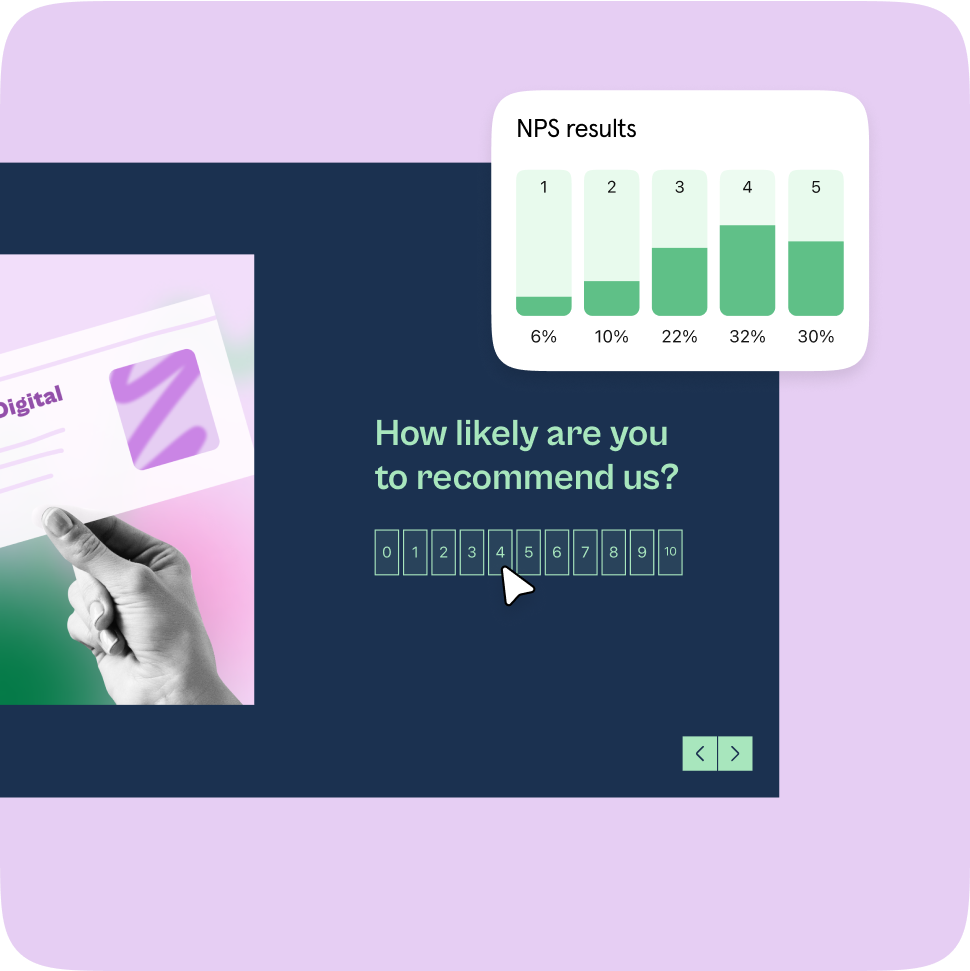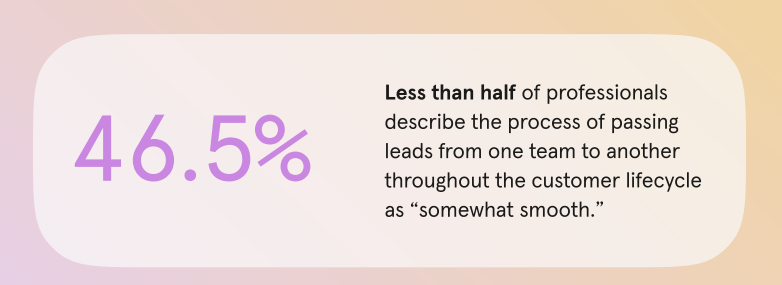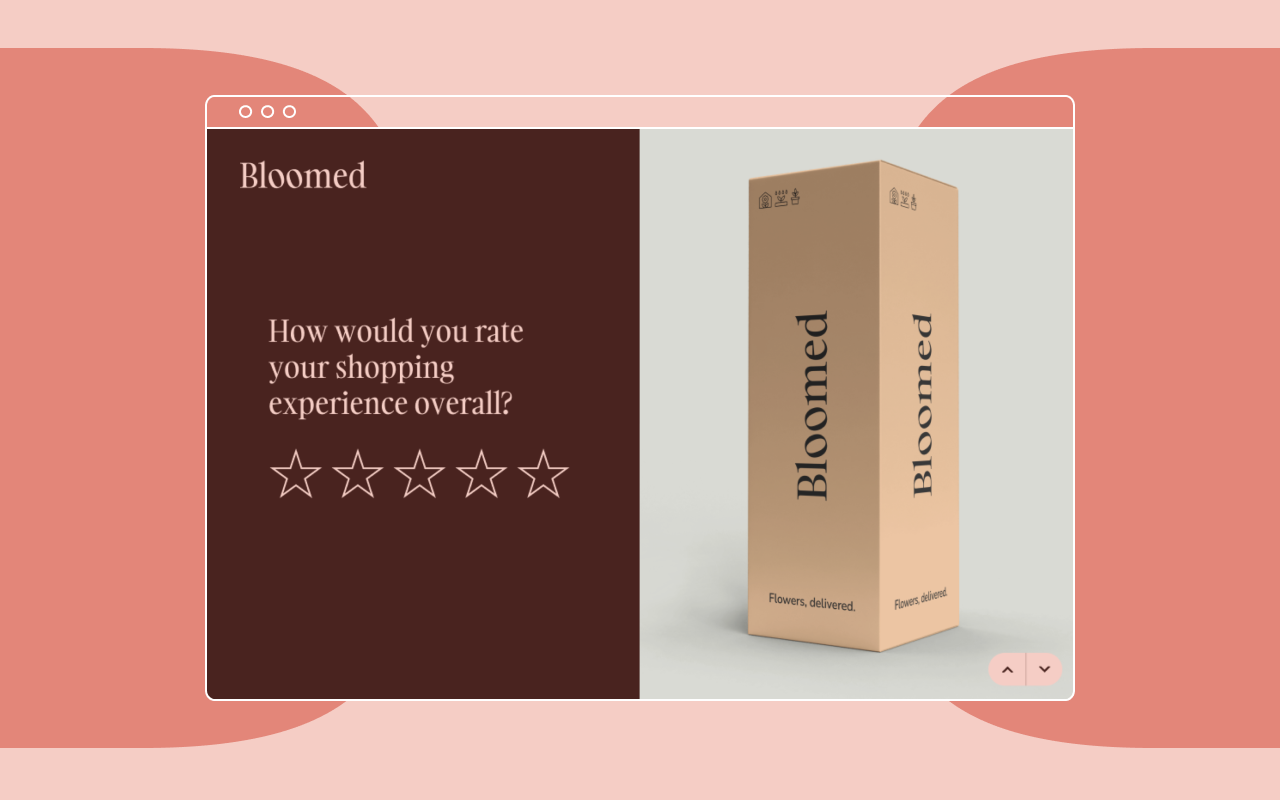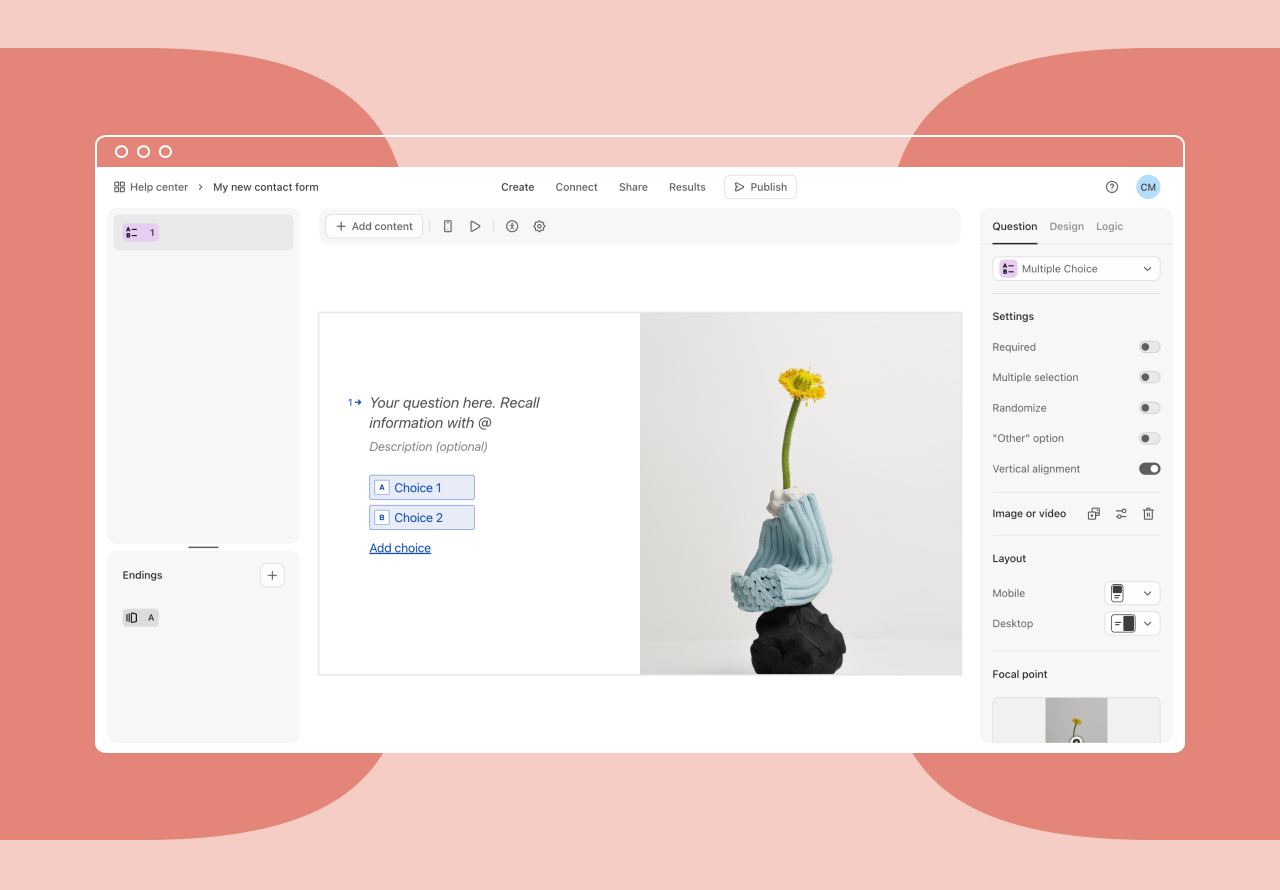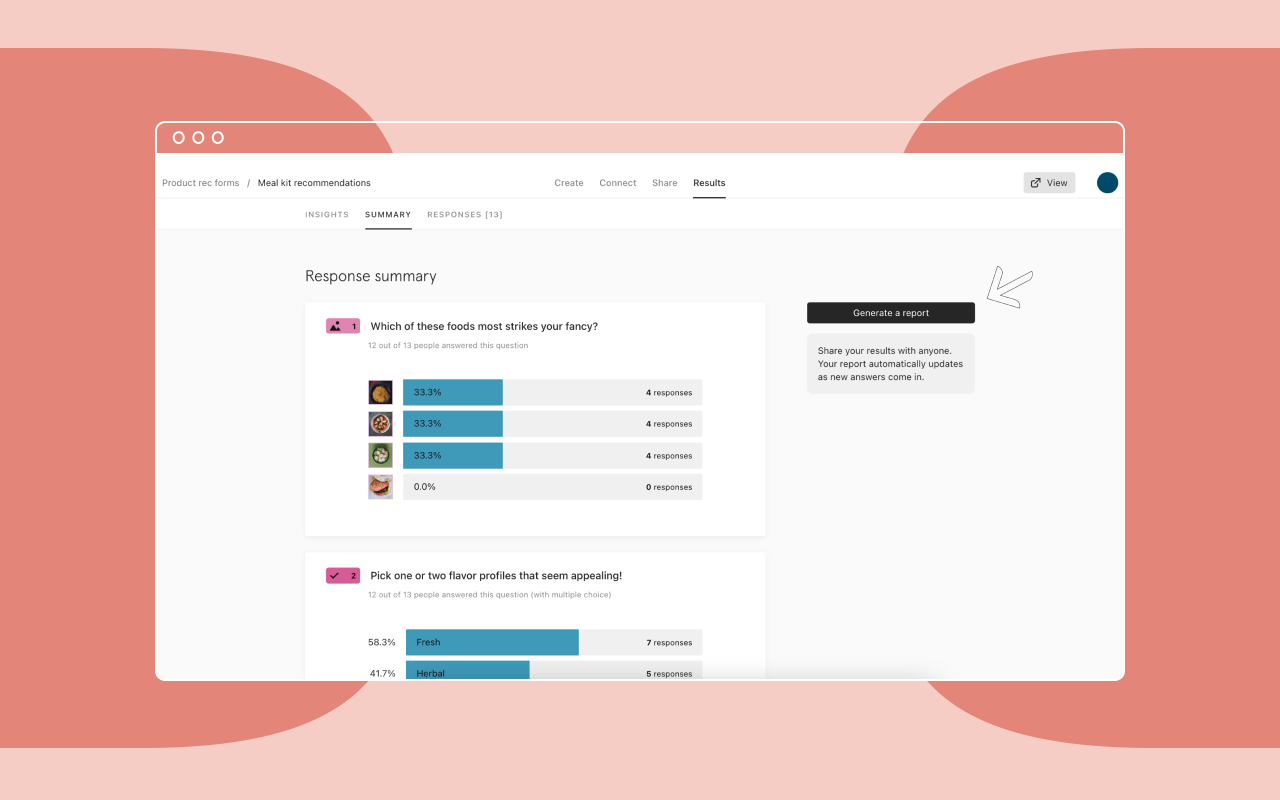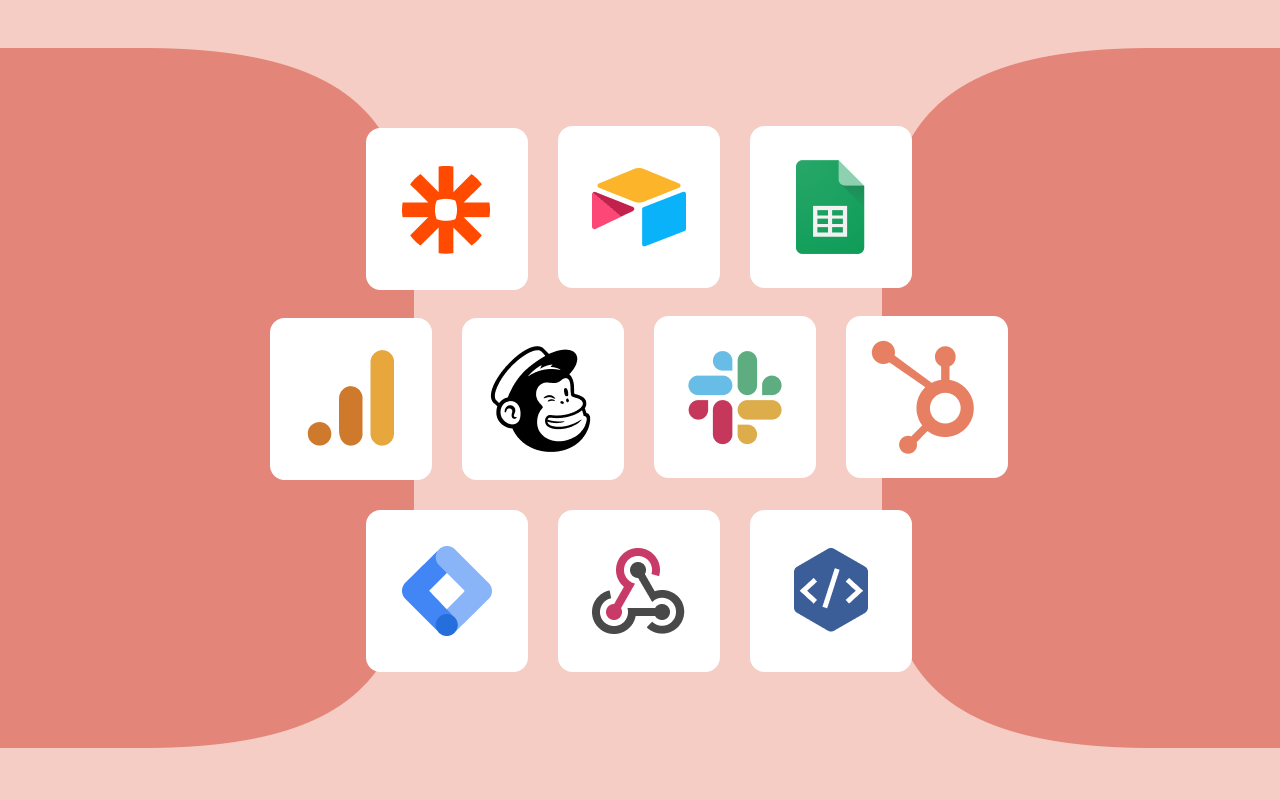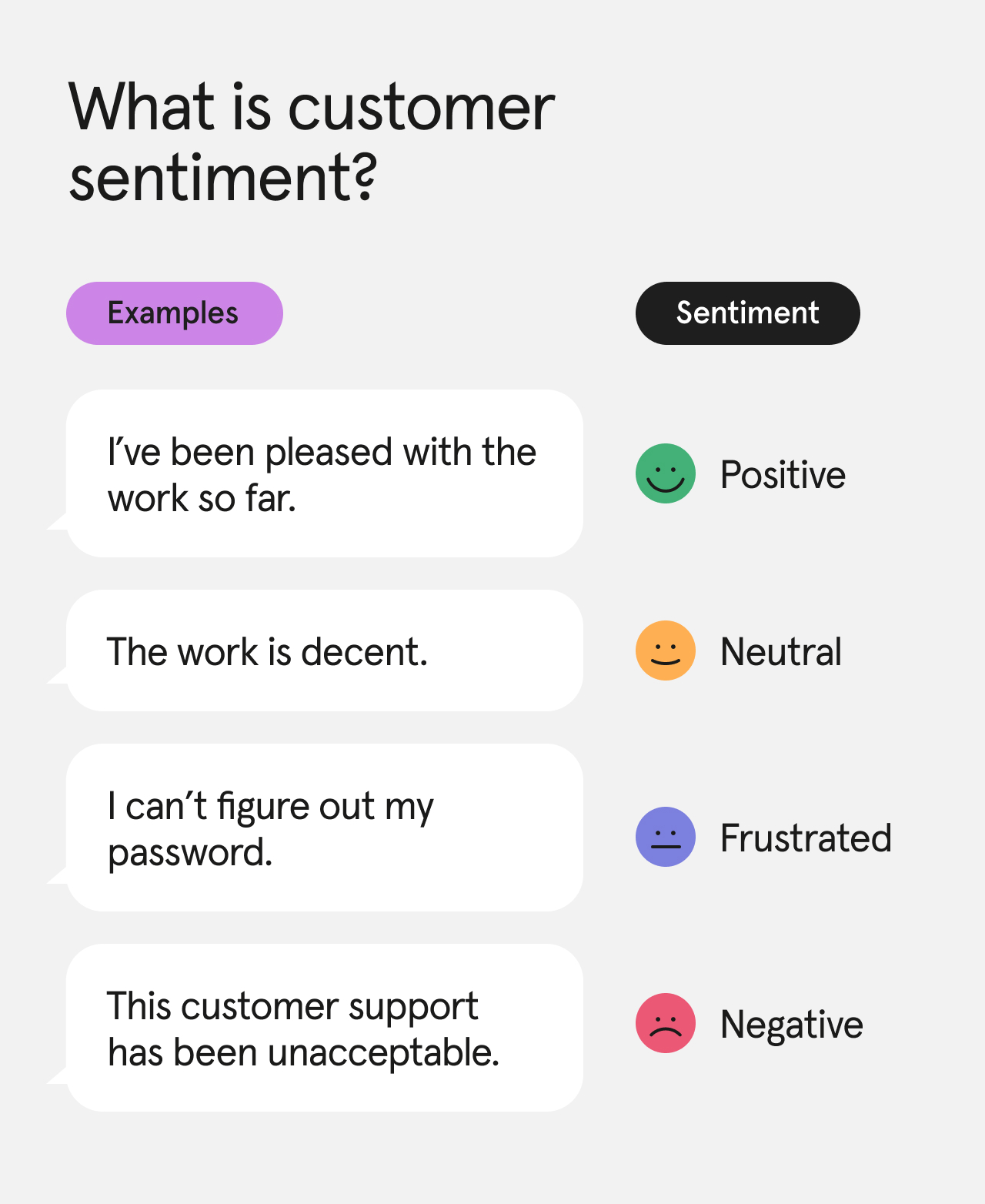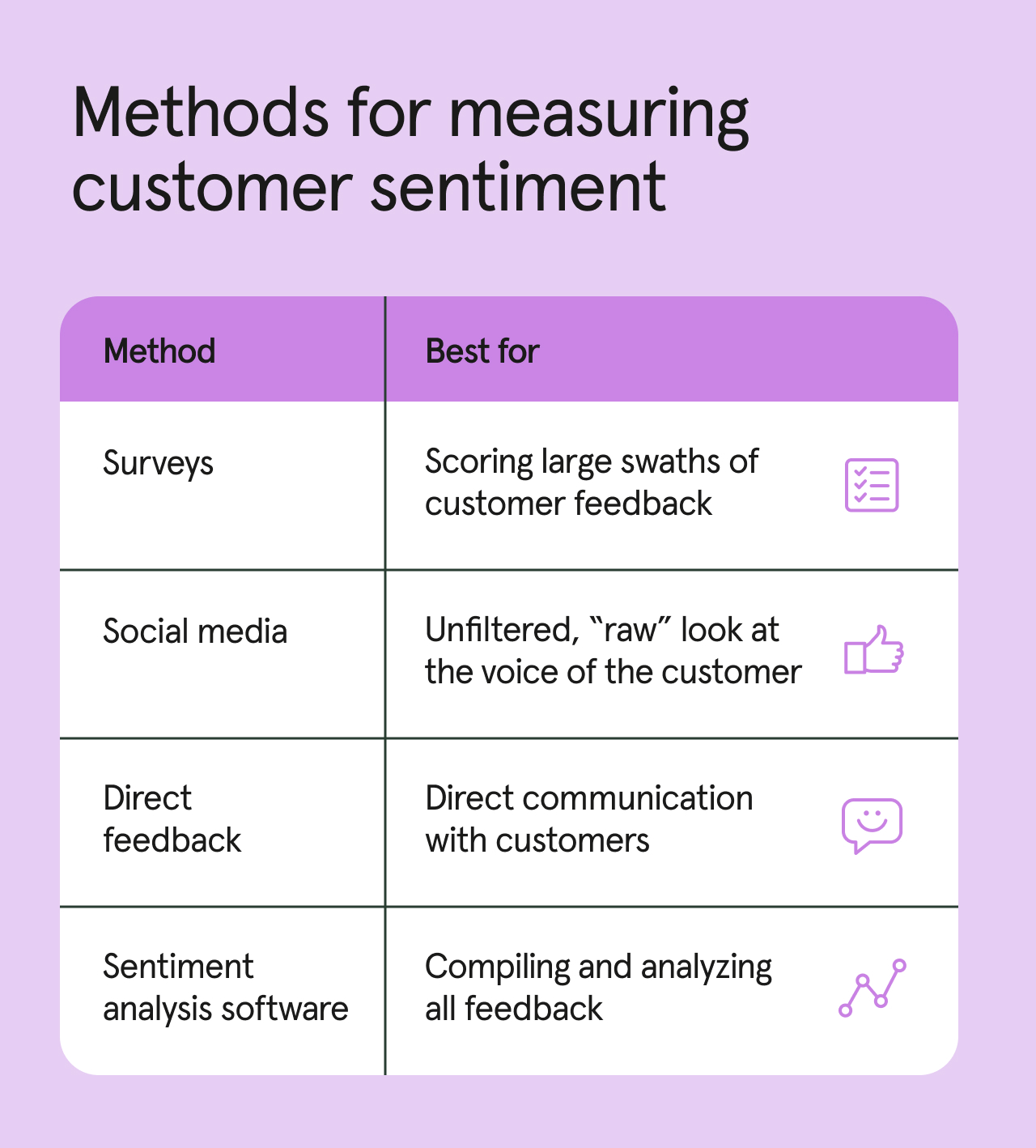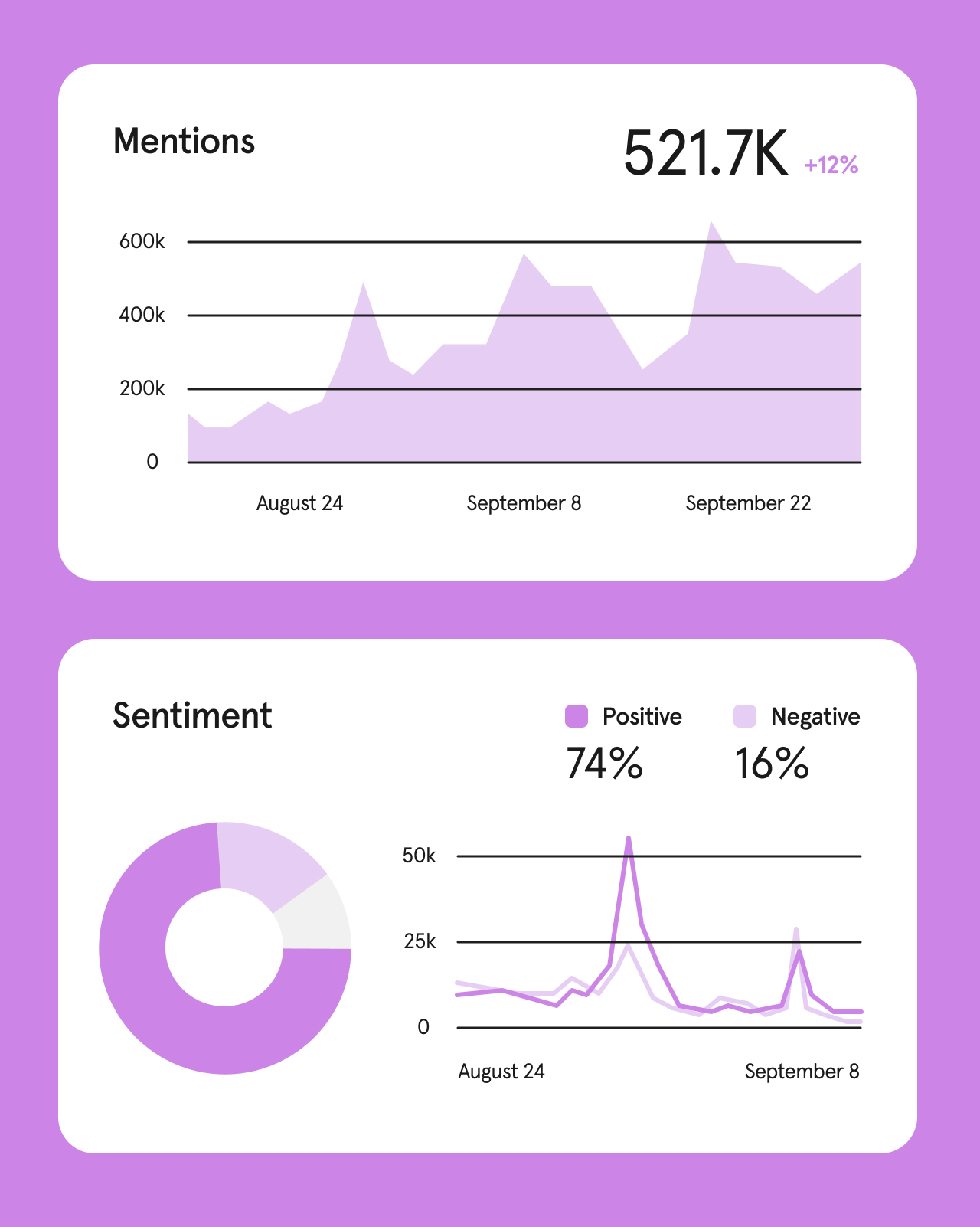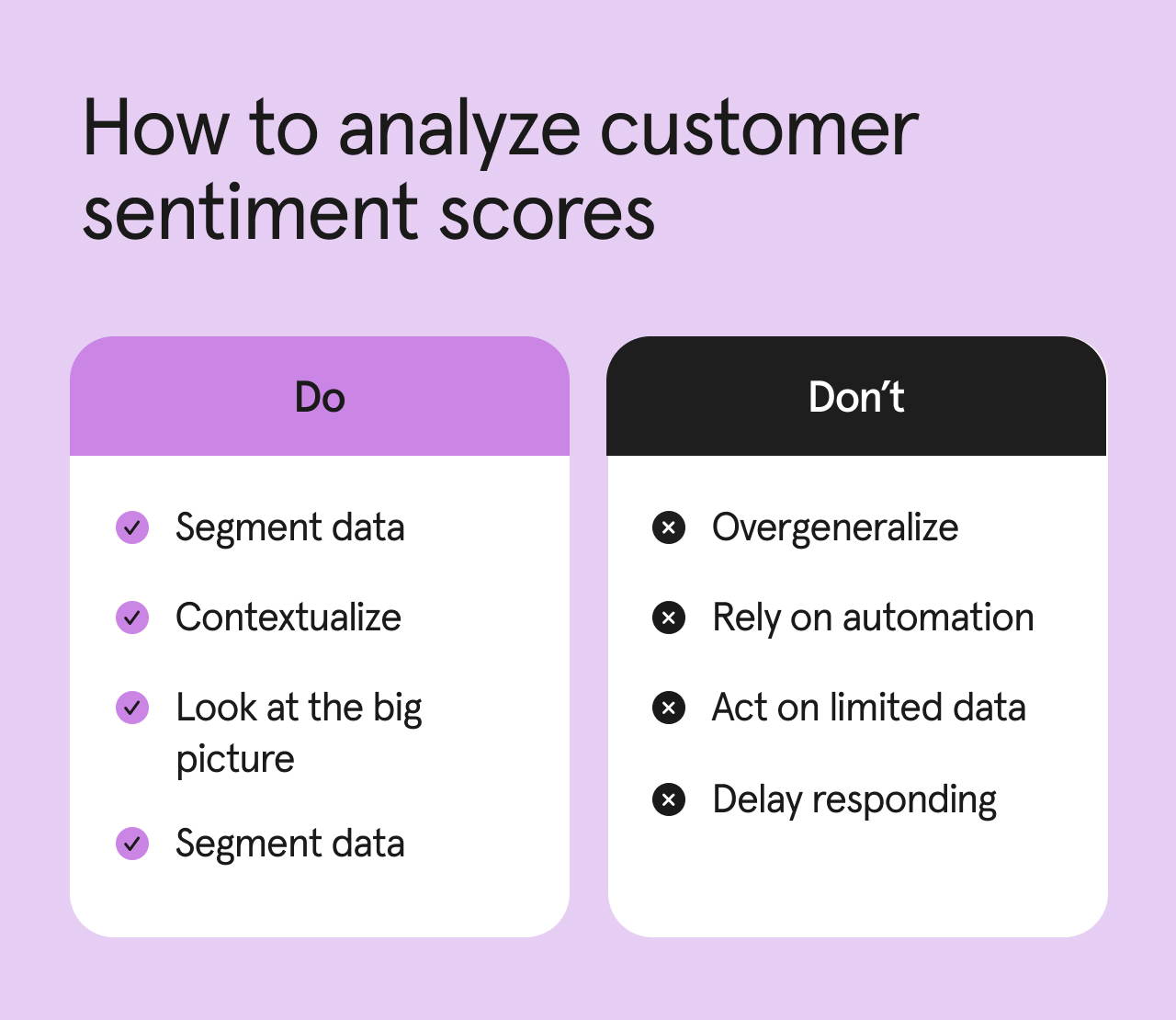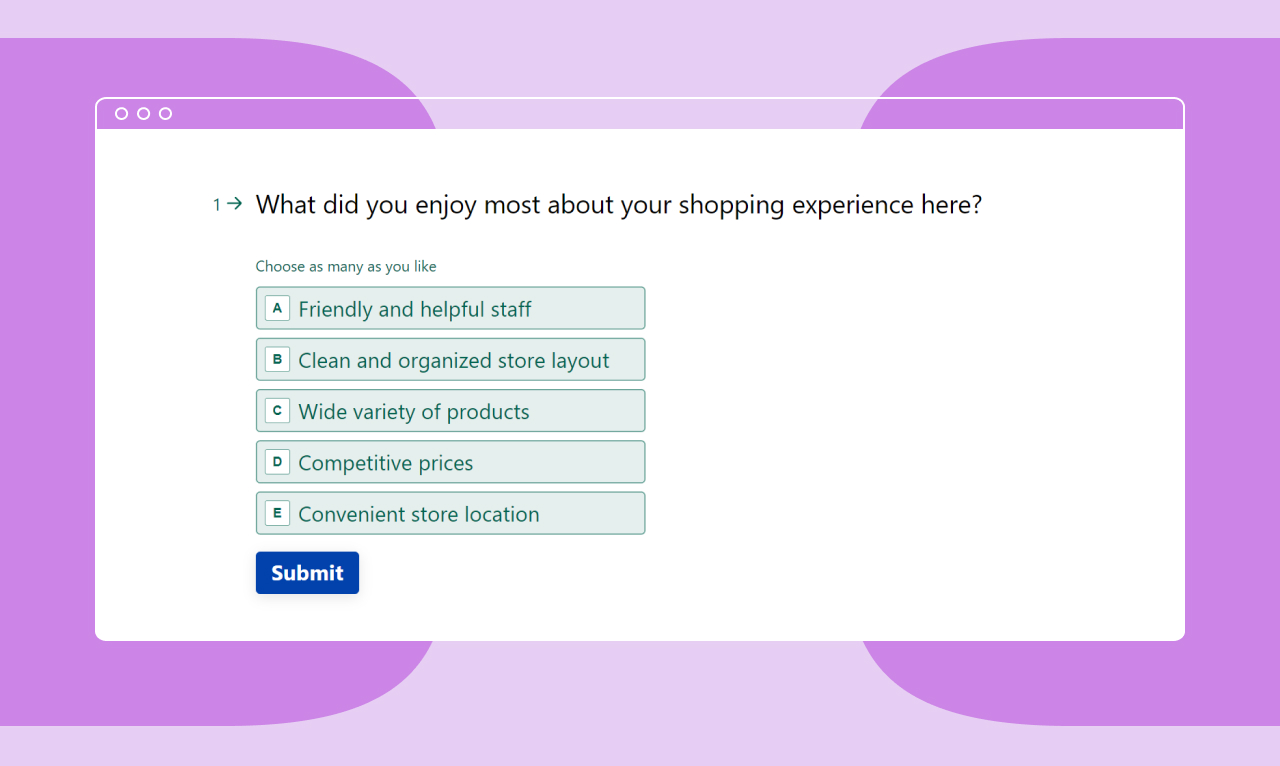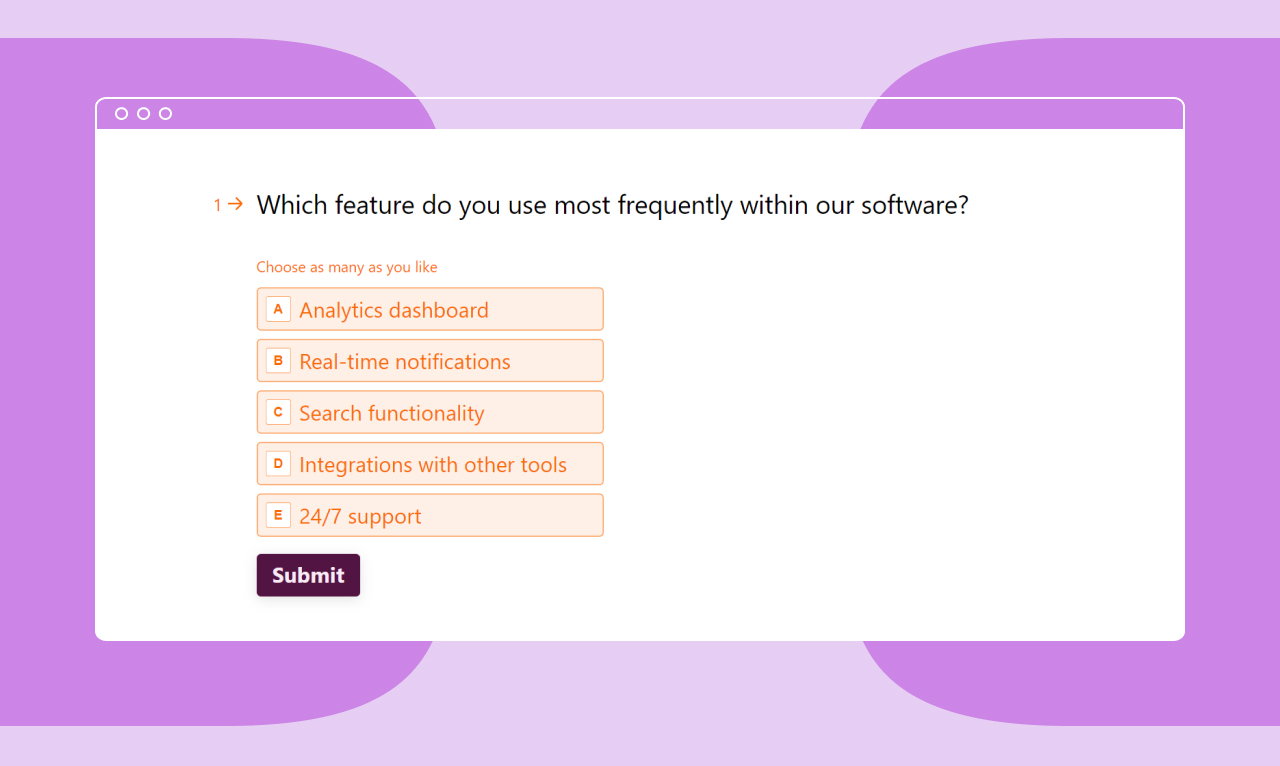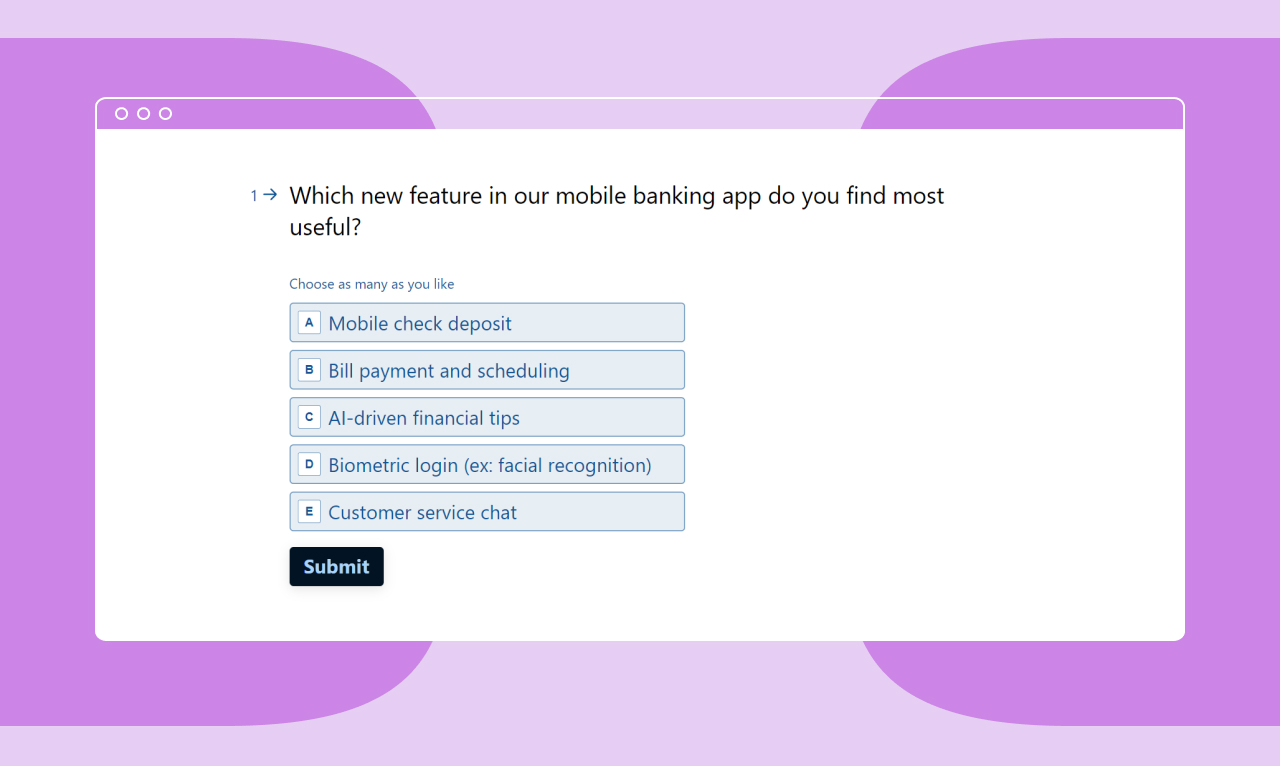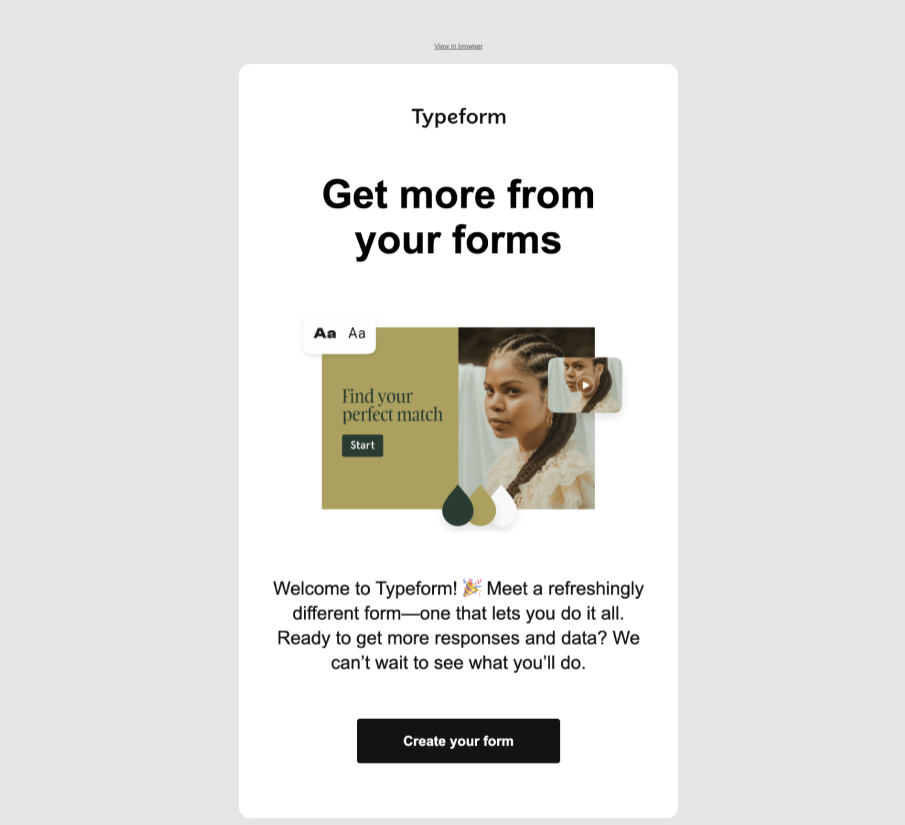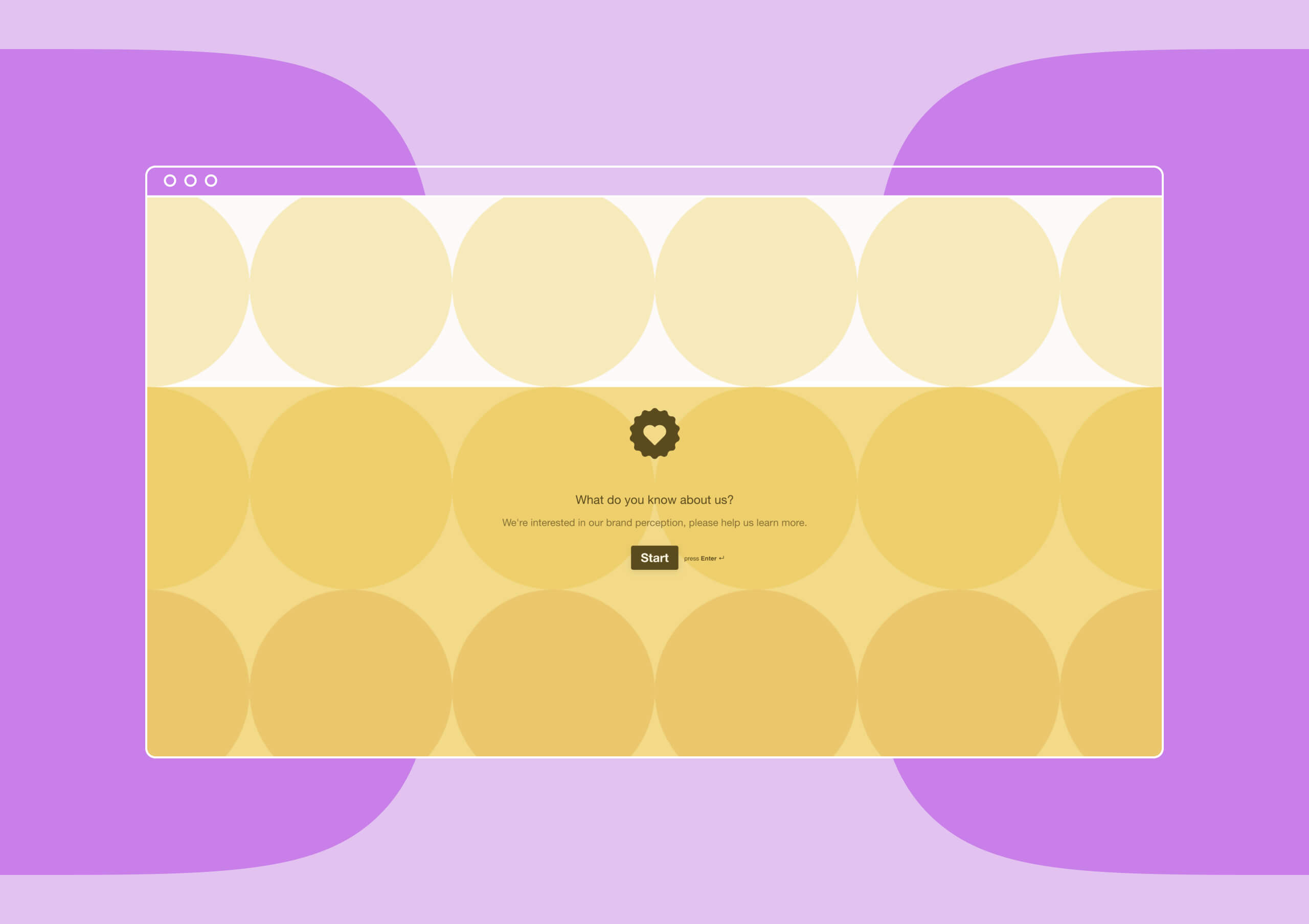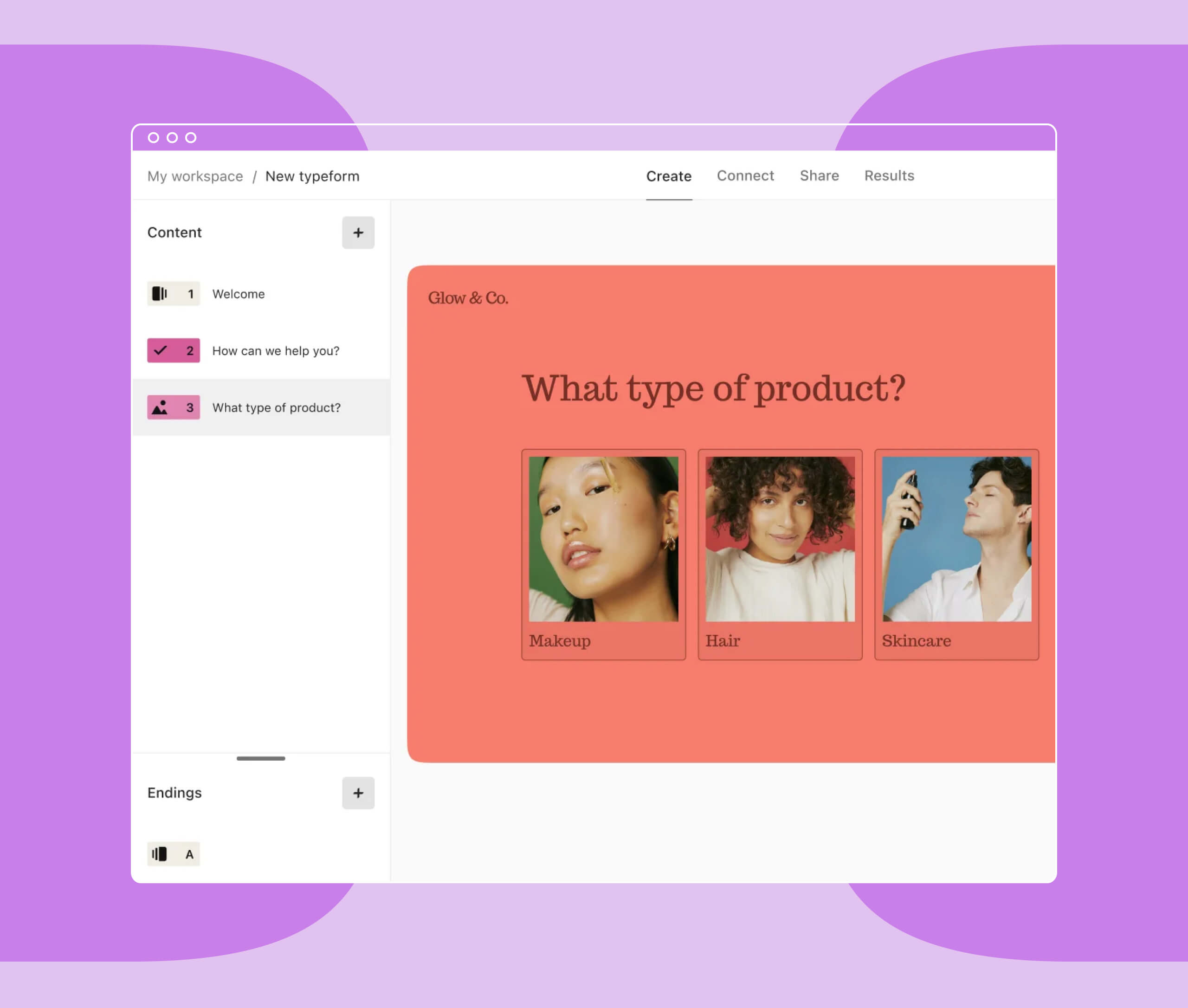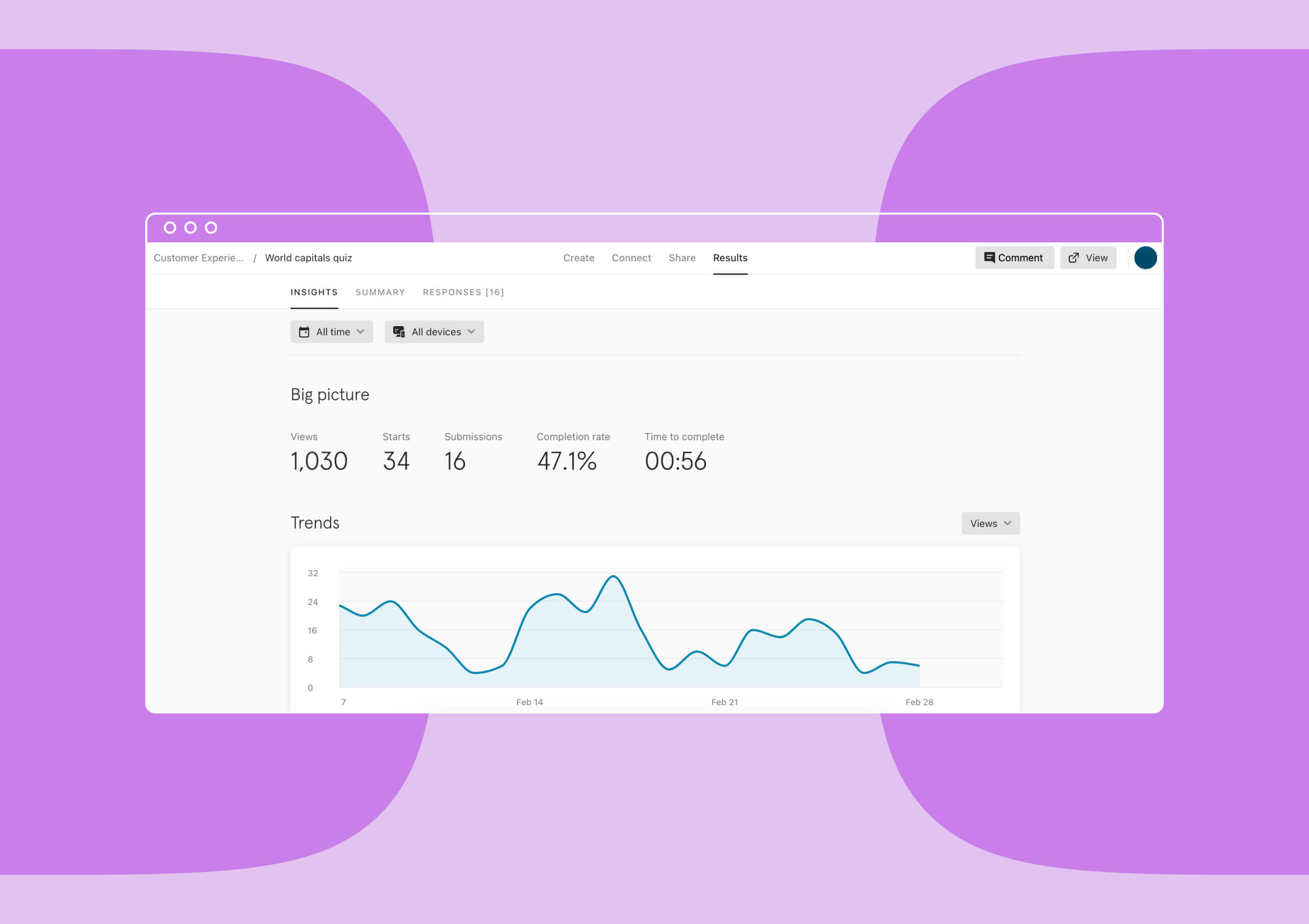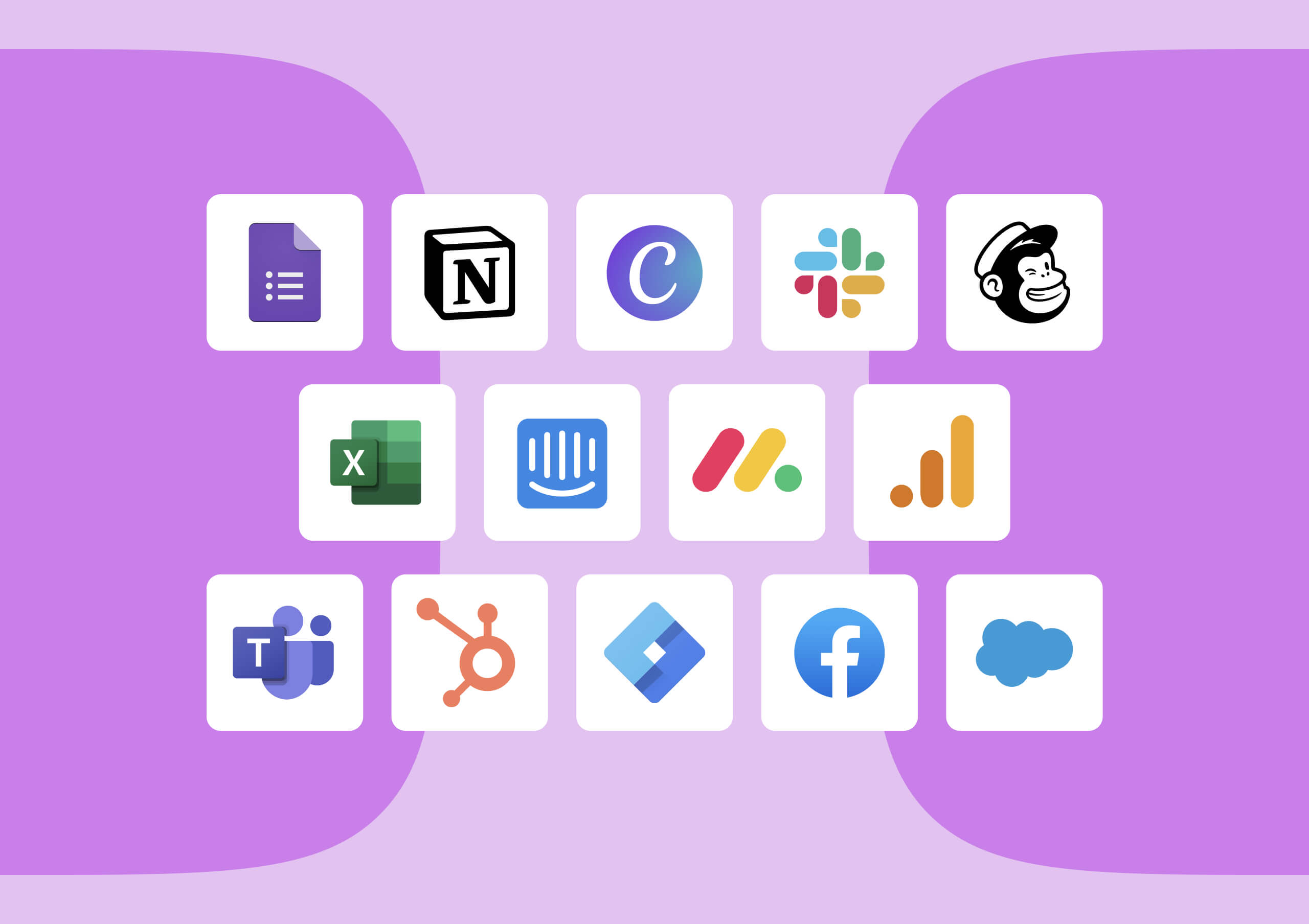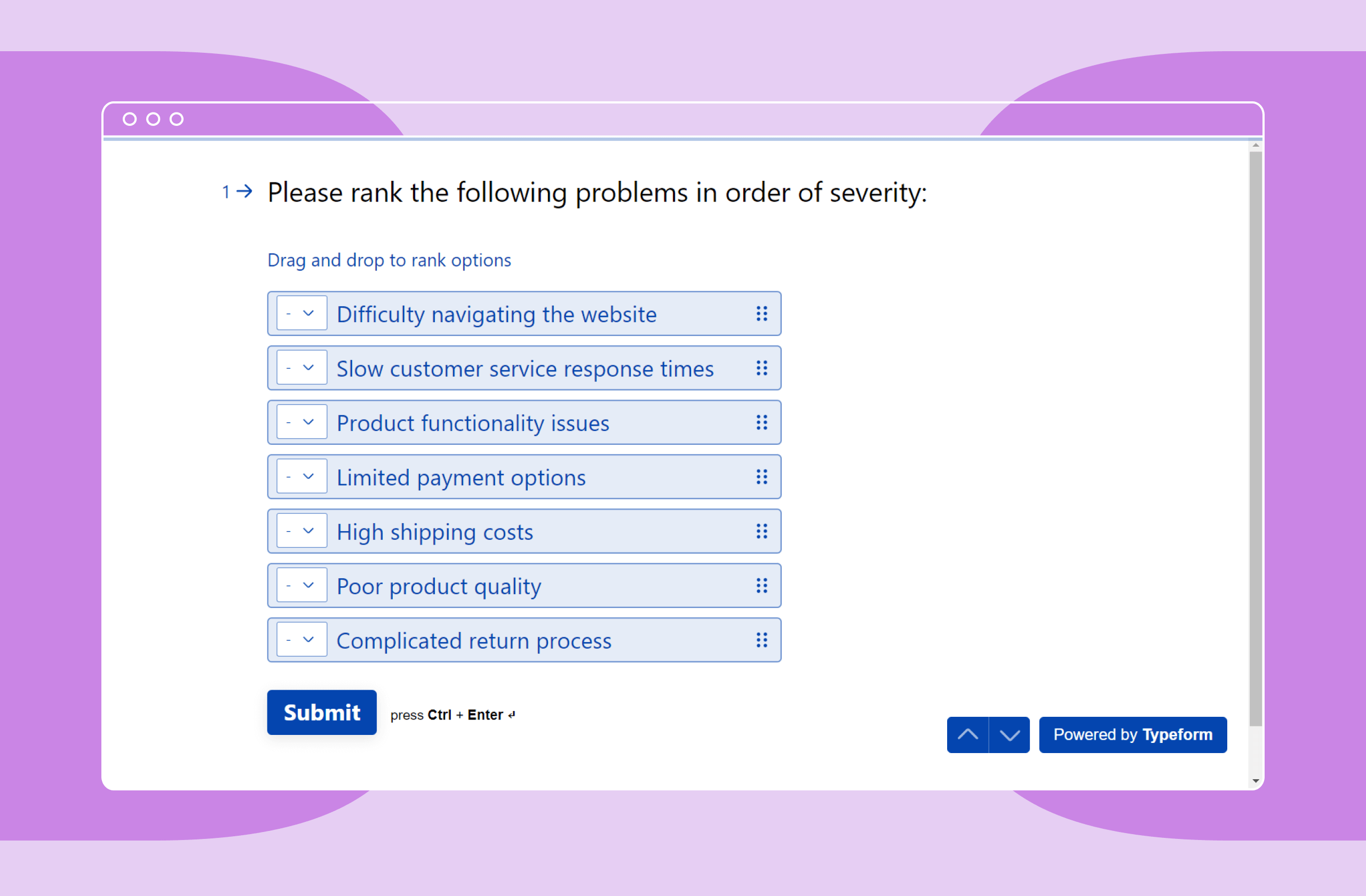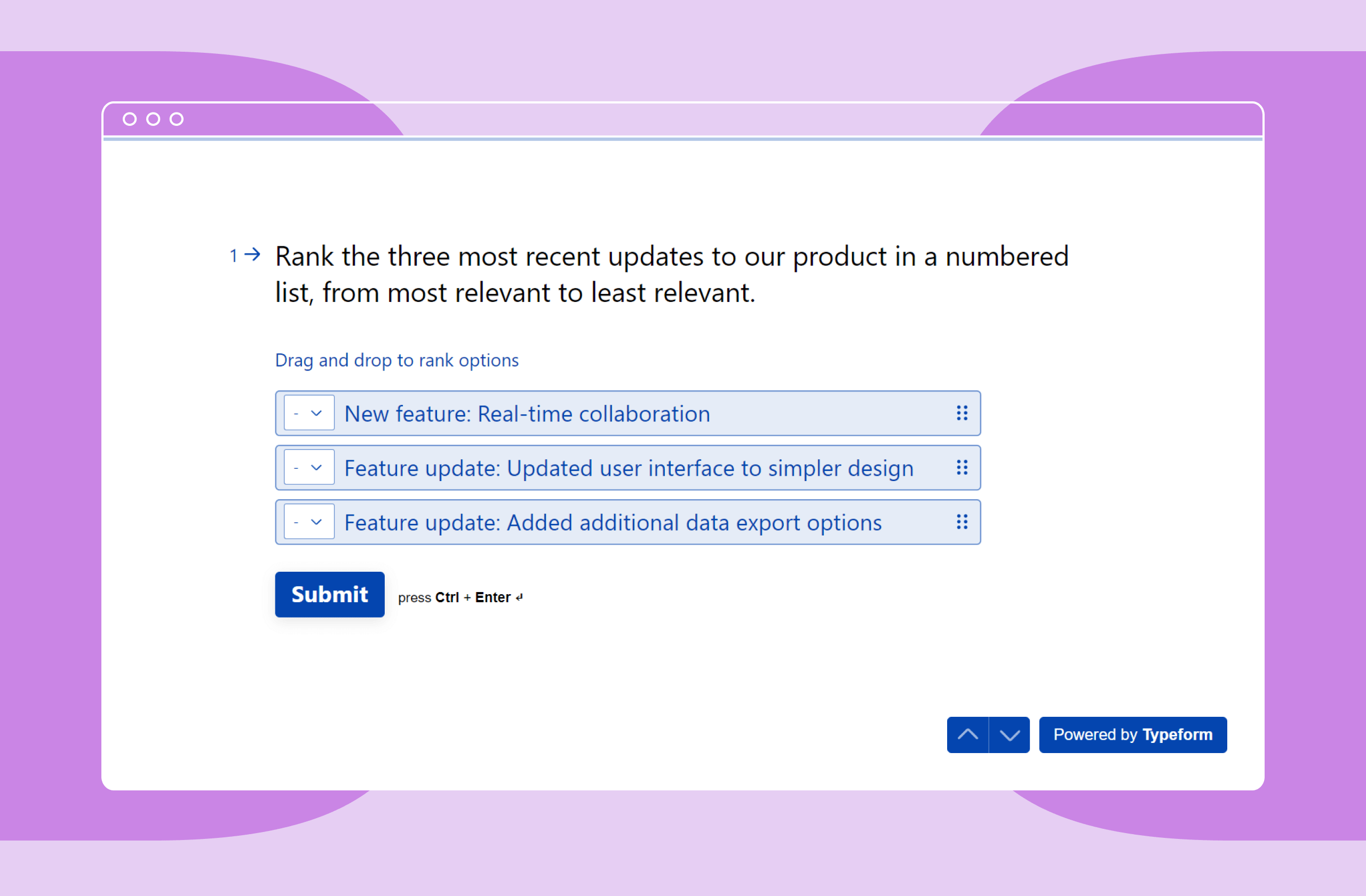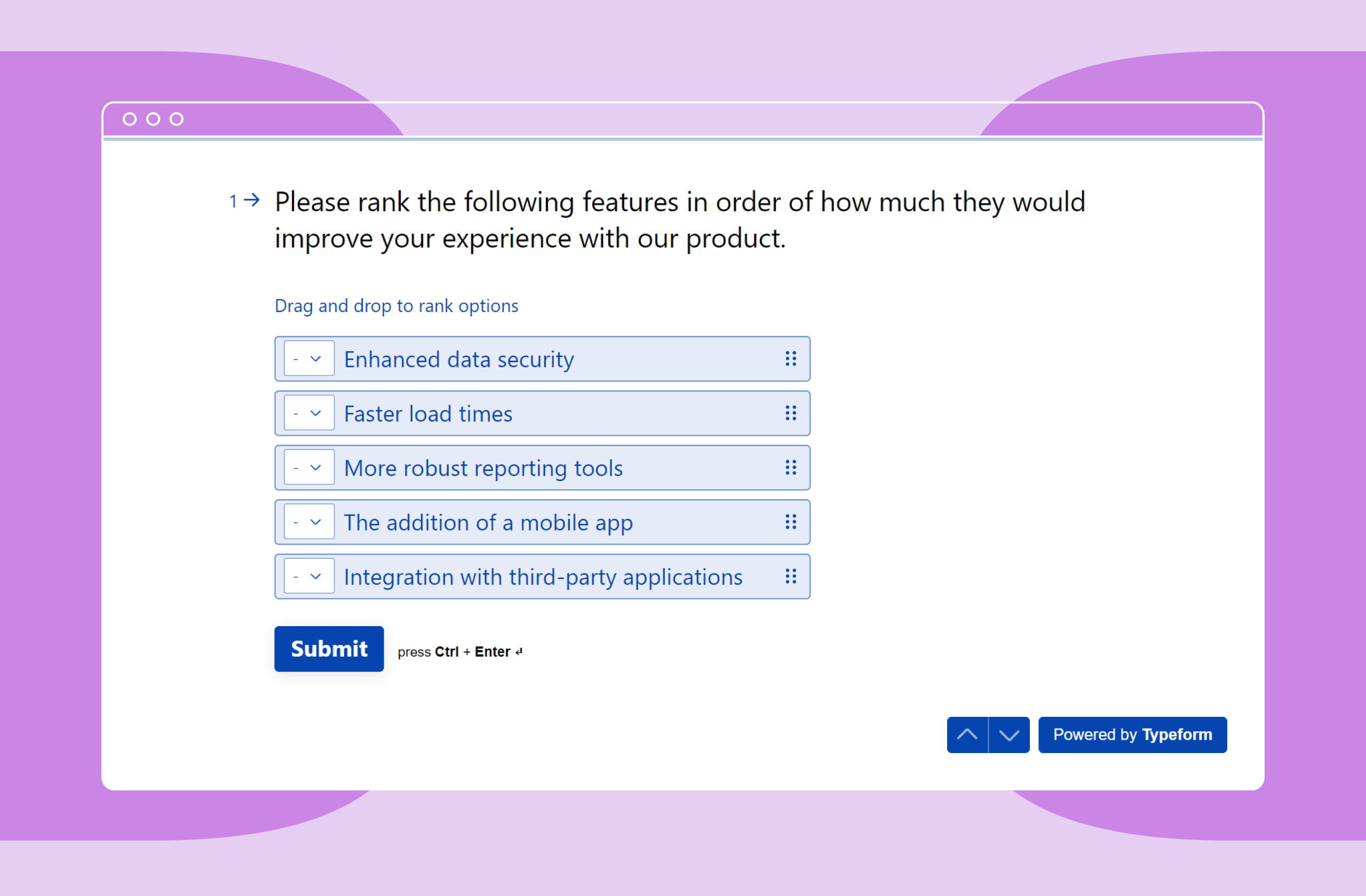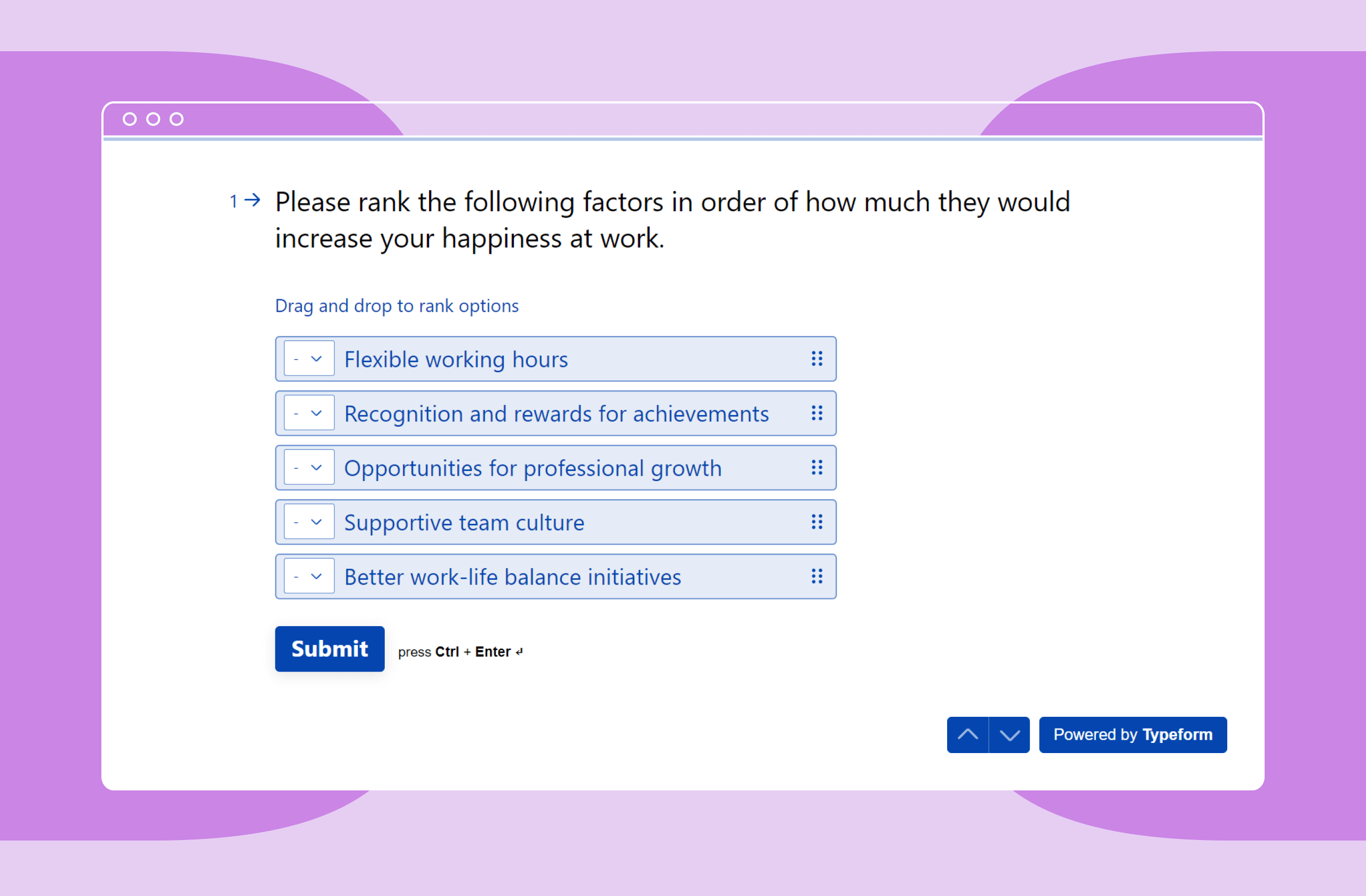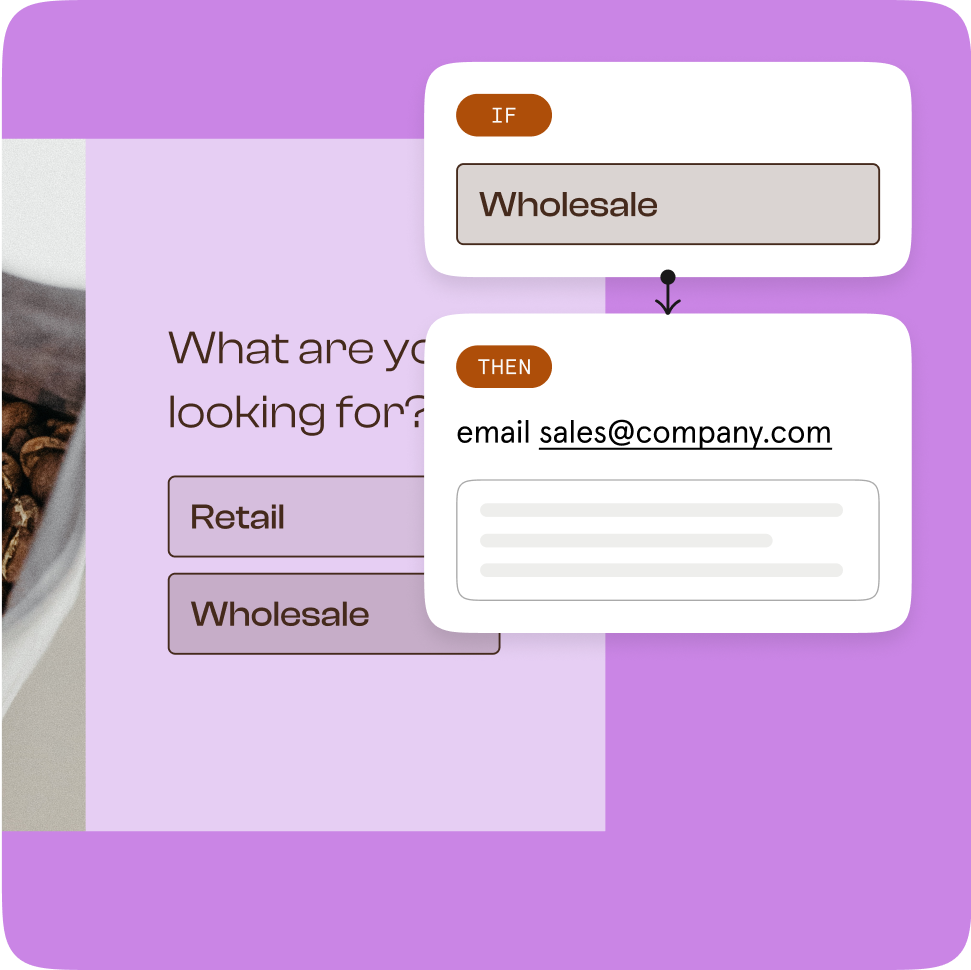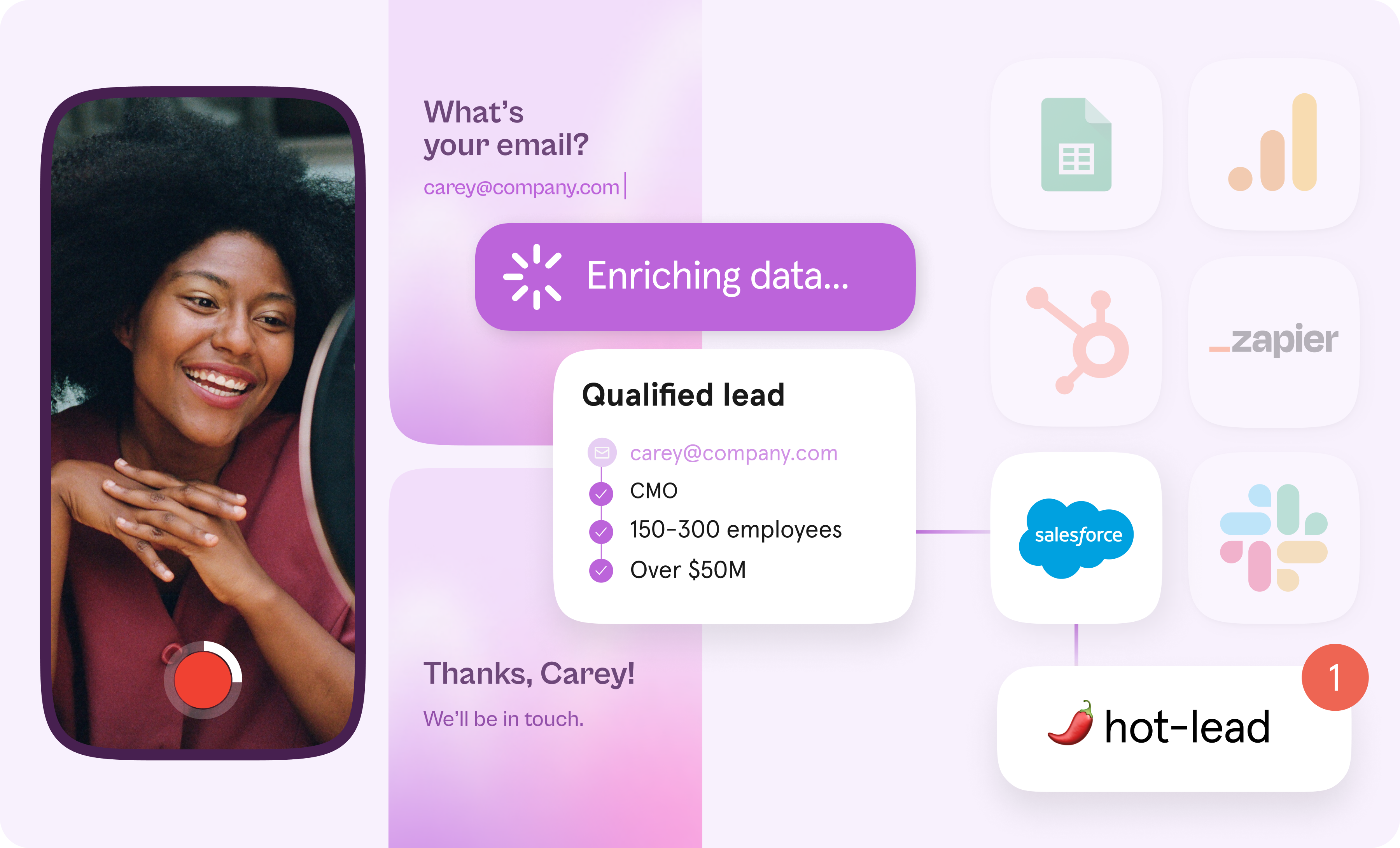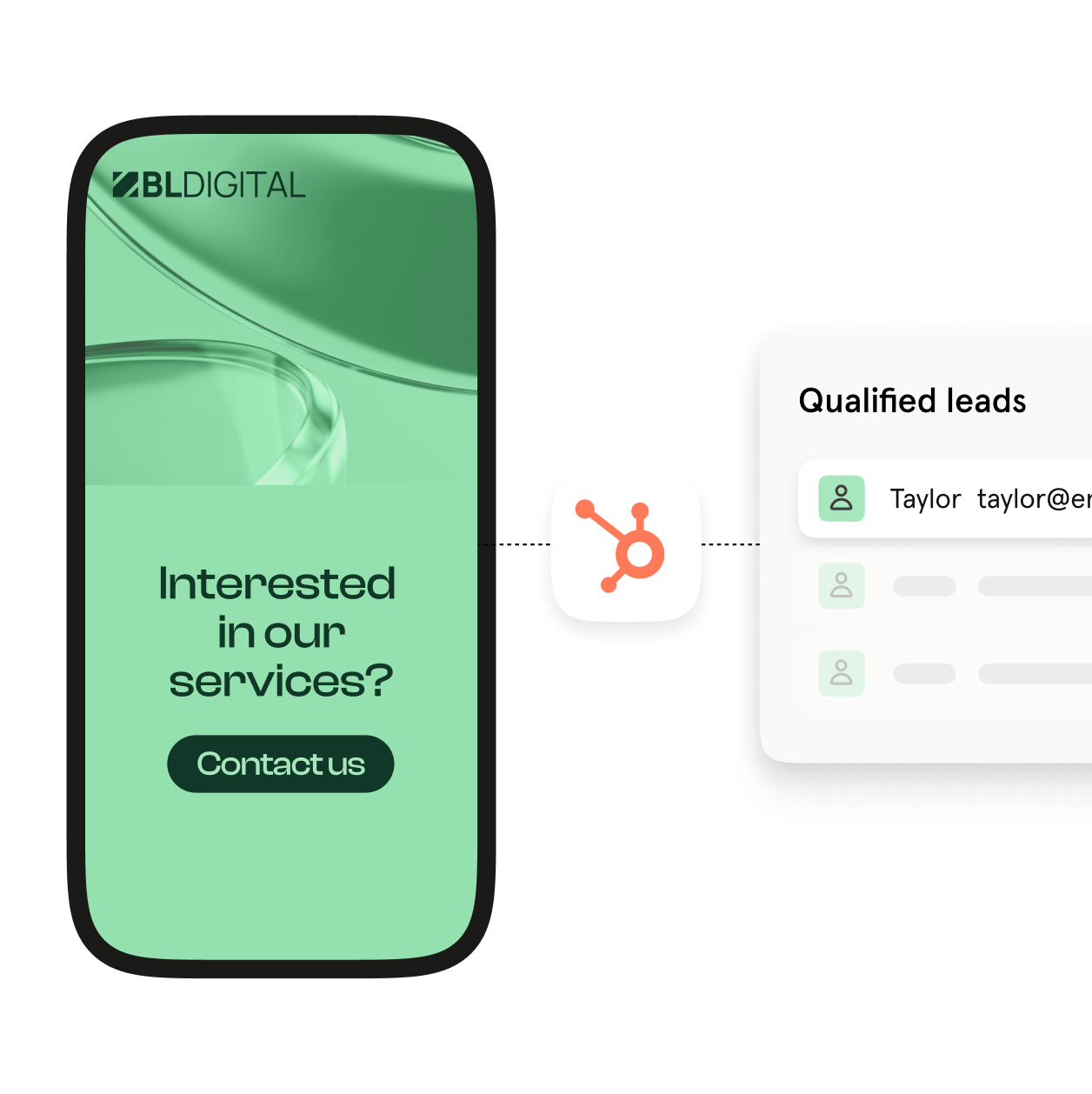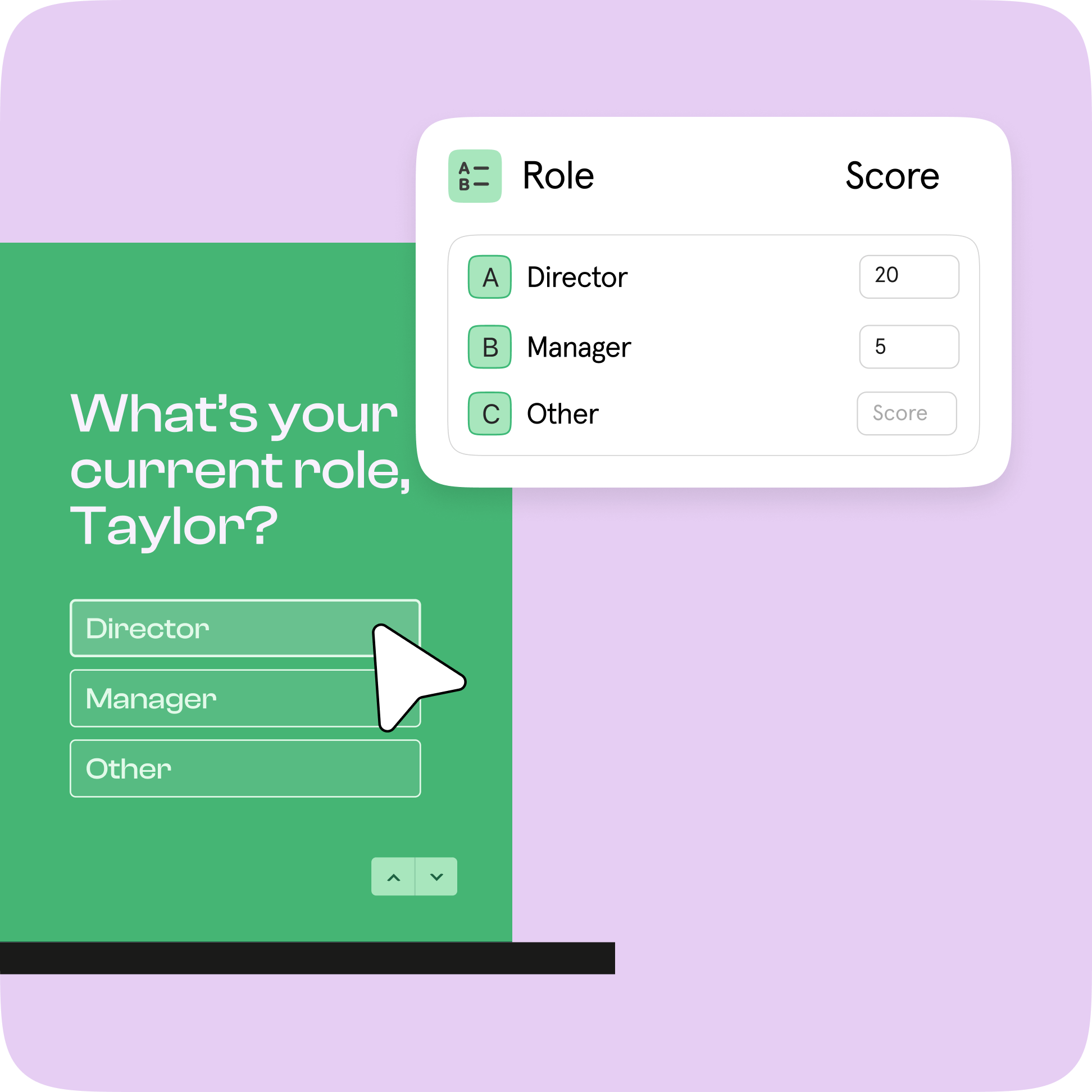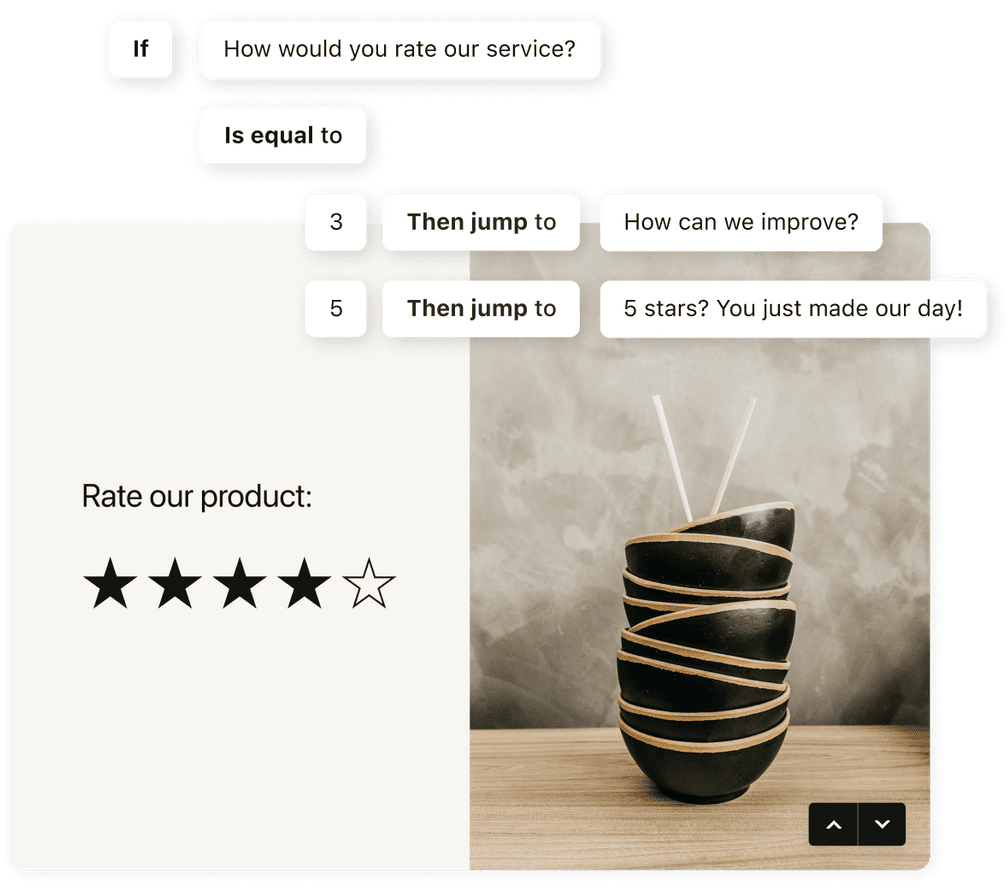Our view at Stack - Typeform is our go-to software if we need to ask a set of structured questions of a group of customers, prospects or leads. In summary, Typeform combines aesthetics, functionality, and flexibility. User-friendly form builder with interactive design, versatile question types, real-time data collection, 500+ integrations, and diverse templates. Ideal for engaging surveys and lead generation.
With near-limitless access to customer data, customers expect you to use that data to create personalized experiences. But where do you start? Collecting zero-party data (ZPD) is one of the most powerful ways to connect with customers and uncover what they want, need, and expect of you. You just need to do it the right way.
A 100-question survey will likely get exactly zero completions. But if you want to collect all that data, you must have a lengthy form, right? Wrong. That’s where enriched data comes in—it can help you paint a more complete picture of your customers without overwhelming them with dozens of questions.
What is data enrichment?
Data enrichment is a process that involves adding supplemental information to existing customer data, including details like:
-
Demographics
-
Psychographics
-
Purchase history
-
Social activity
-
Website behavior
Together, all of this data helps you truly understand your customers. Aside from delivering on your customers’ needs, here’s why that matters:
-
You can better meet your customers’ needs
-
You can create more targeted and effective marketing campaigns
-
You can design intentional and personalized customer experiences
That could look like more relevant product recommendations or customer service that addresses individual needs over generic support.
How Typeform helps enrich customer data
Data collection and analysis are crucial for any brand that wants to build better products, create more tailored customer journeys, or deeply understand customers’ preferences and behaviors. And the best way to do that is through data enrichment.
Data enrichment sounds exhausting, but it can be as easy as sending out forms or surveys to your customers. With Typeform for Growth, a single form can automate data enrichment. Supplement your existing customer information with enriched data, like:
-
First and last name
-
Phone number
-
Job title
-
Job function
-
Company name
-
Company country
-
Company revenue
-
Industry

You can also set specific enrichment variables to score leads. But regardless of whether you’re looking to qualify new leads or simply want to add another deeper level of data to customer profiles, it all starts with data enrichment.
Using data for personalization
What do Spotify, Amazon, and Netflix all have in common? Sure, they’re all wildly successful businesses and well-known brands. But, perhaps more importantly, they do personalization better than almost anyone else.
From Netflix’s always on-point movie recommendations to Spotify’s “Discover Weekly” suggested playlists, they have mastered the art of personalization—using data.
Because they have to.
Customers are no longer content with generic marketing that doesn’t speak to them as individuals. Personalization is the expectation—not an option. Your customers demand you not only understand their unique needs and preferences but also make an effort to personalize marketing accordingly.
“78% of consumers have chosen, recommended, or paid more for a brand that provides personalized experiences. ”
When you create a personalized customer experience (CX), you’ll very likely see an increase in:
So, how do you actually create that memorable CX customers crave? Yep—data enrichment.
Mix it up
You wouldn’t rely on a single customer review before buying a car, and you shouldn’t rely on one type of data to uncover customer insights. Instead, rely on a mix of:
-
Zero-party data
-
First-party data
-
Second-party data
-
Third-party data
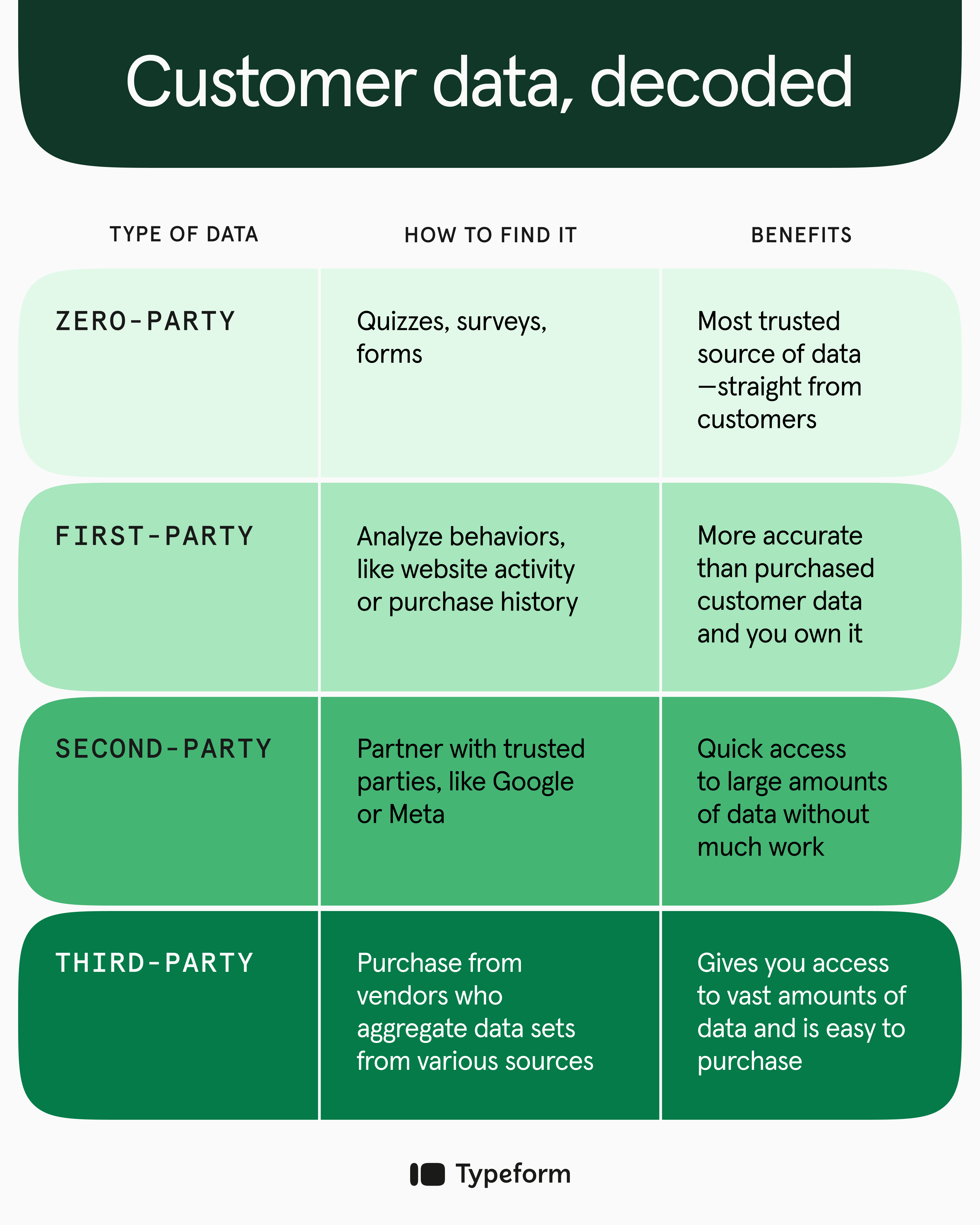
And use data enrichment to complete the picture.
While a mix of data is your best bet for revealing hidden insights and getting to know your customers more deeply, don’t forget that not all data is equal. Take ZPD. It’s the most valuable data you have.
Zero-party data
Unlike first-party data you get through observations and interactions or third-party data you purchase from external sources, zero-party data comes willingly and directly from your customers.
Think of ZPD as a gold mine of information, like names, email addresses, phone numbers, preferences, and even feedback. But what makes ZPD a true treasure trove is:
All this contributes to creating a personalized CX that resonates deeply with your customers’ wants and needs.
Collecting ZPD can be easy. But getting customers to share personal data can also be a challenge. Most customers won’t want to spend more than a few minutes answering questions, so you have to ask more targeted questions. Asking for their job title when you can use third-party data to get that information makes your survey unnecessarily long.
You might be asking fewer questions, but with progressive profiling—building up customer profiles gradually through multiple interactions—you can fill in the gaps (yep, that’s data enrichment).
Data enrichment in action
Ready to start enriching your customer data and leveraging it to create the personalized experiences they crave? Start with these four steps.
1. Get ZPD
The best data comes straight from your customers—but they’ll only share if you make it an effortless process. Build forms worth filling out in Typeform and start collecting customer data, like names, preferences, feedback, and more.
Pro tip: Start with a template or use our AI-powered form builder to help you write questions that’ll reveal the most valuable data.
2. Enrich data
Once you’ve got the raw zero-party data, Typeform for Growth combines it with information from data enrichment to enhance your overall understanding of your customers. Our data enrichment capabilities provide even more information, like company insights, demographic data, and website behavior.
By enriching ZPD with Typeform for Growth, you create a comprehensive customer profile that allows you to deliver highly personalized experiences.
3. Segment customers
Segmenting customers based on shared characteristics (that you gather through ZPD and data enrichment) lets you tailor marketing efforts to create more relevant, targeted, and personalized experiences. How you segment is up to you, but you can start simple by grouping customers based on:
-
Demographic data
-
Psychographic data
-
Behavior
4. Personalize marketing
Understanding the nuances and unique needs of each segment means you can create marketing campaigns that resonate with customers in each group and drive conversions. Personalized marketing involves:
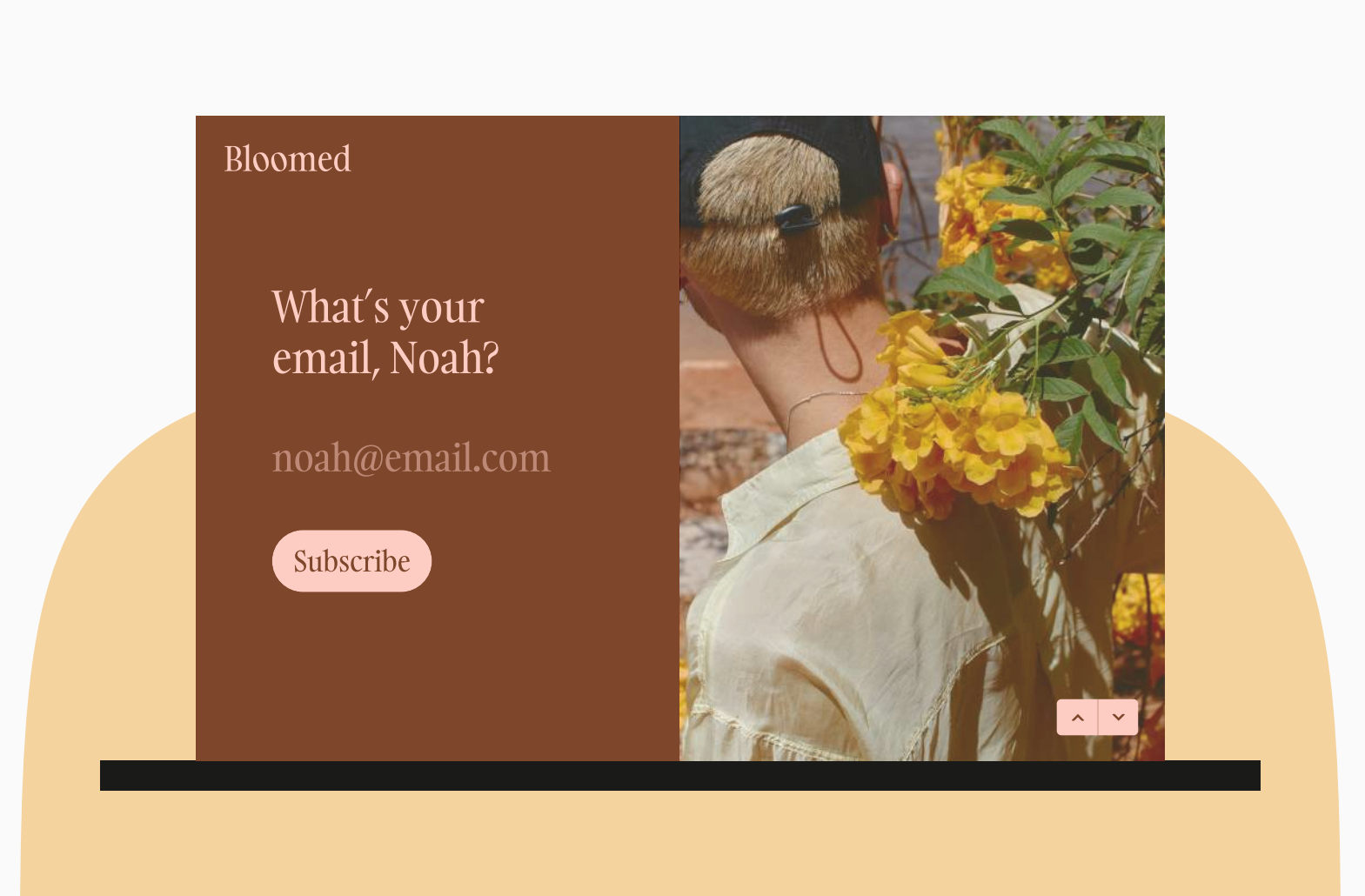
And, as you get more data, you can build out fully customized journeys by how likely to buy, optimizing every touchpoint based on their needs. This level of precision ensures that marketing efforts are not only relevant, but also highly effective.
Data enrichment beyond marketing
While data is the backbone of strategic marketing, it extends far beyond marketing. When you bring together ZPD and data enrichment, you can provide exceptional customer service tailored to each customer’s unique needs.
Data enrichment also helps sales teams leverage targeted content to drive leads toward conversion. And allows customer success teams to better serve customers by offering more nuanced strategies for success.
Not only do these personalized approaches enhance customer satisfaction, but they also build trust and the foundation for long-term relationships and customer loyalty.
The accuracy, reliability, and direct customer input that ZPD and data enrichment provide allow you to create highly a personalized CX that supports your customers and drives business growth and success.
If Typeform is of interest and you'd like more information, please do make contact or take a look in more detail here.
Credit: Original article published here.
